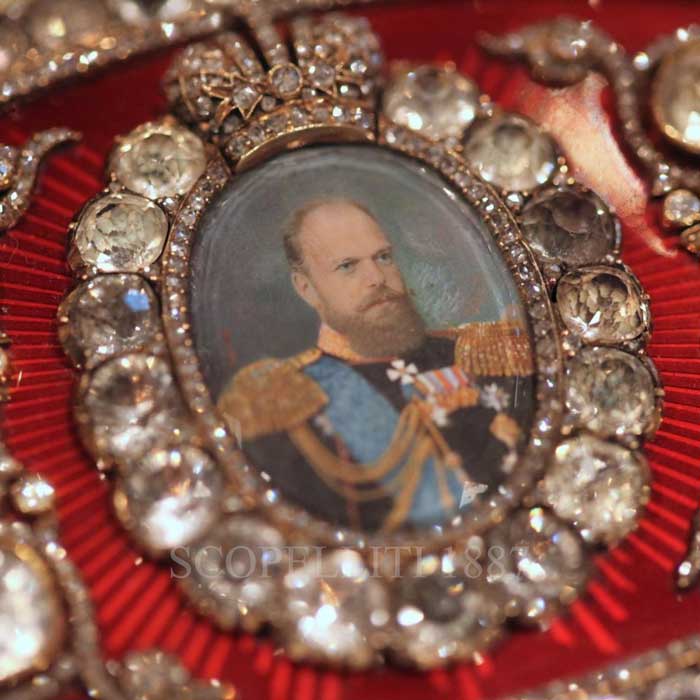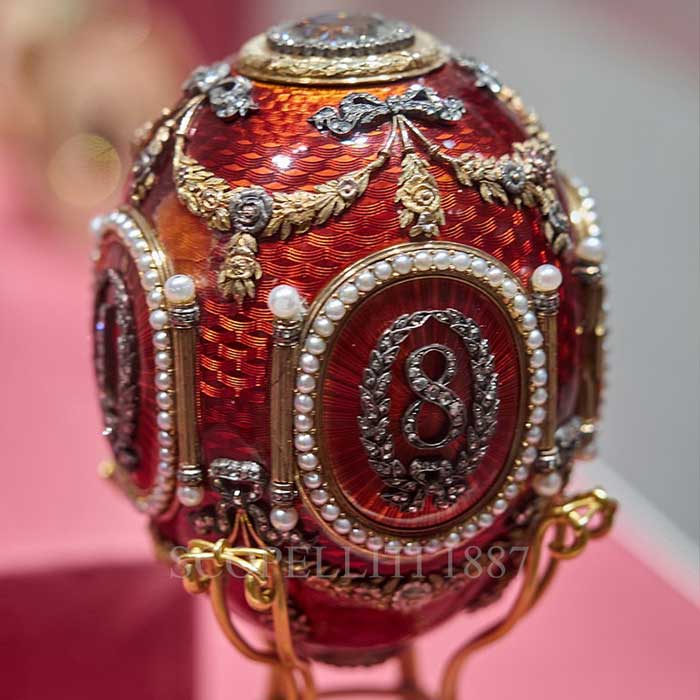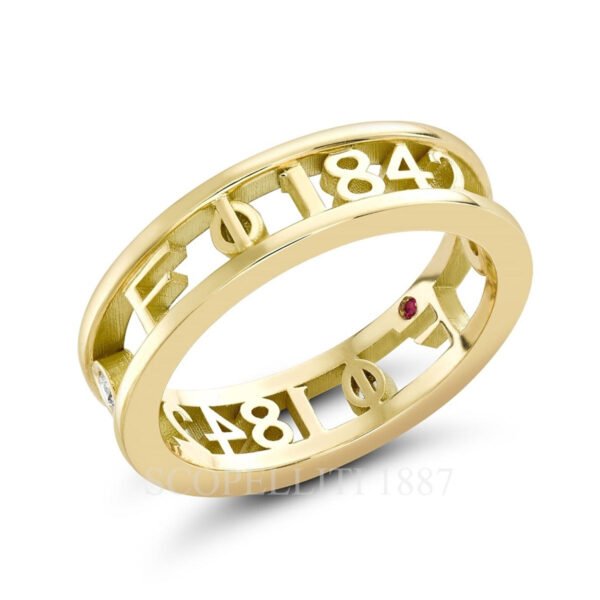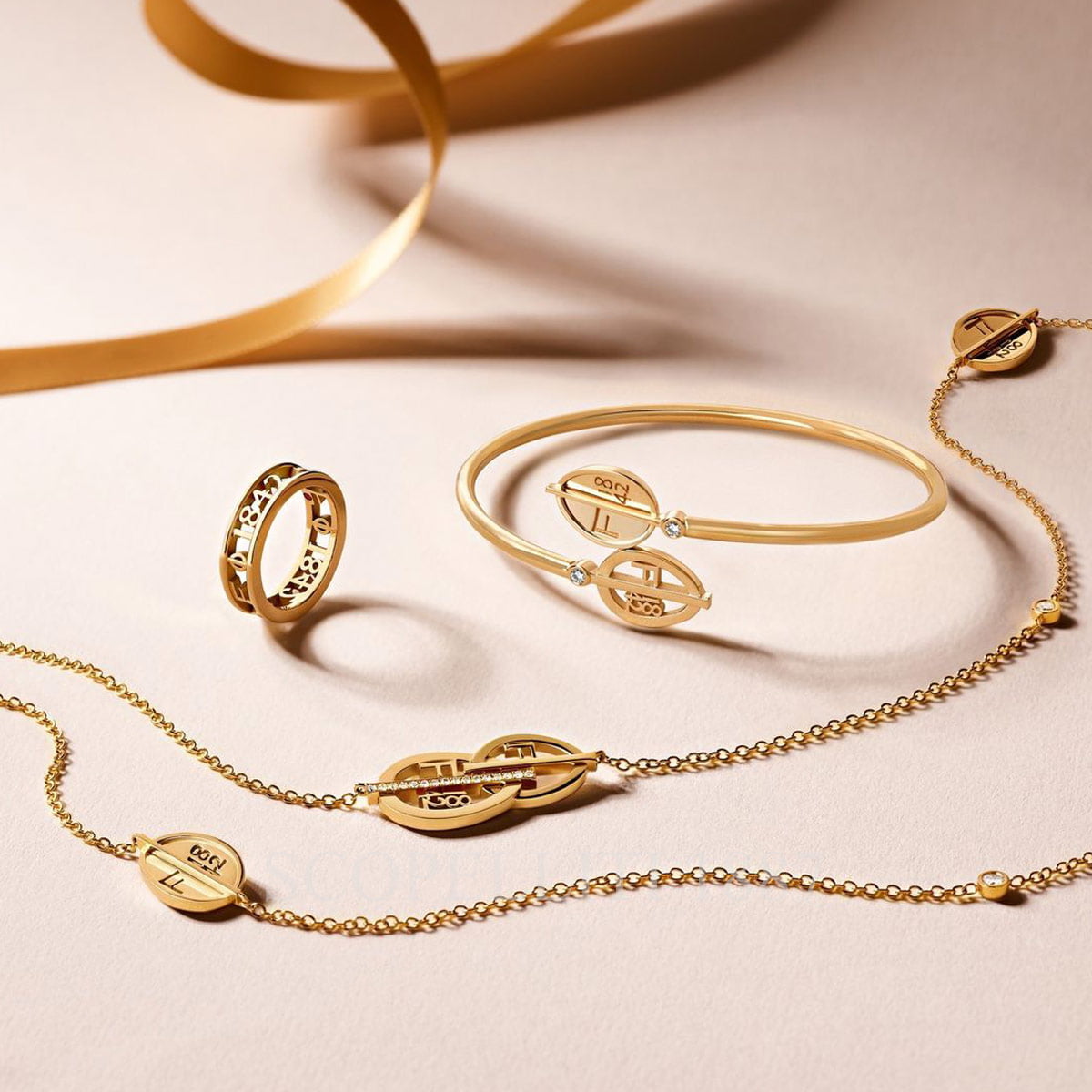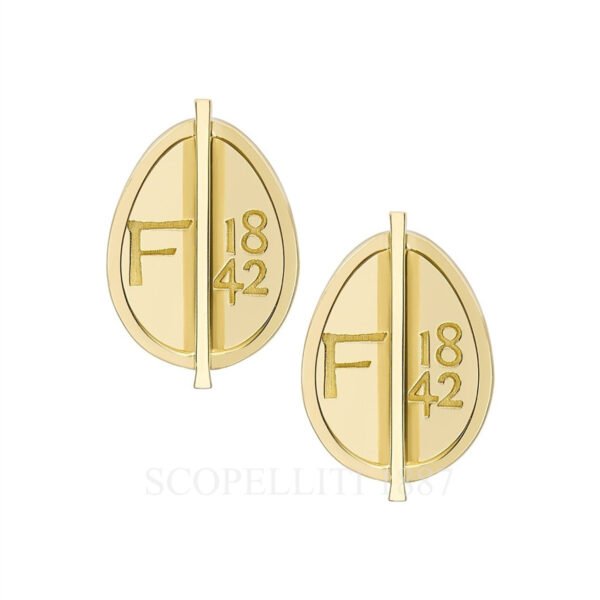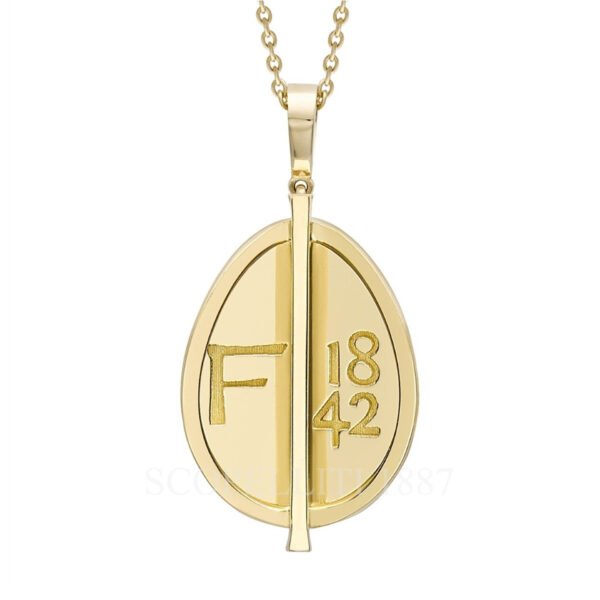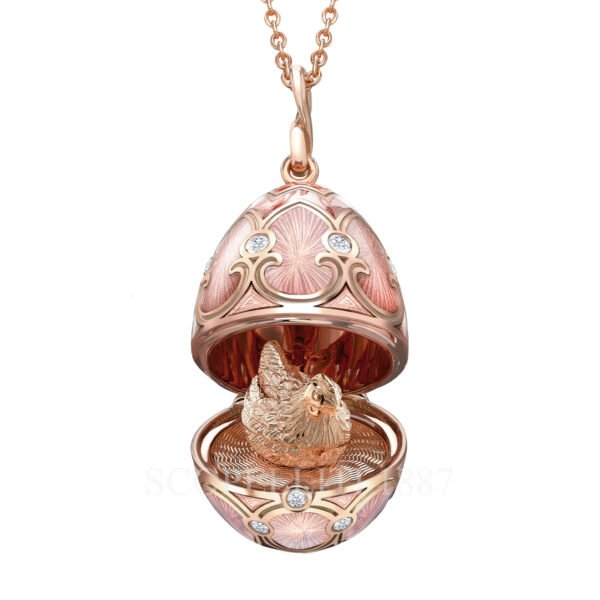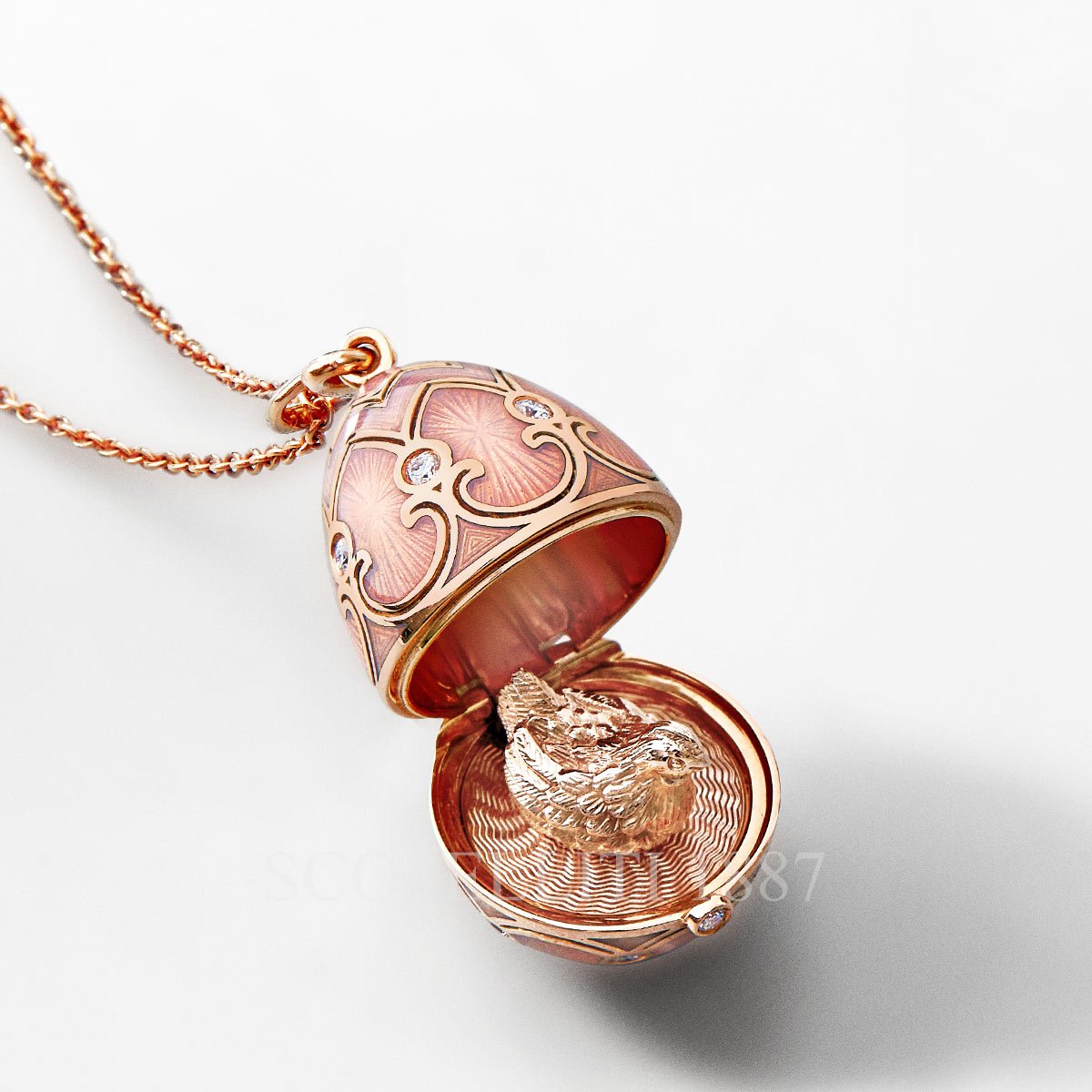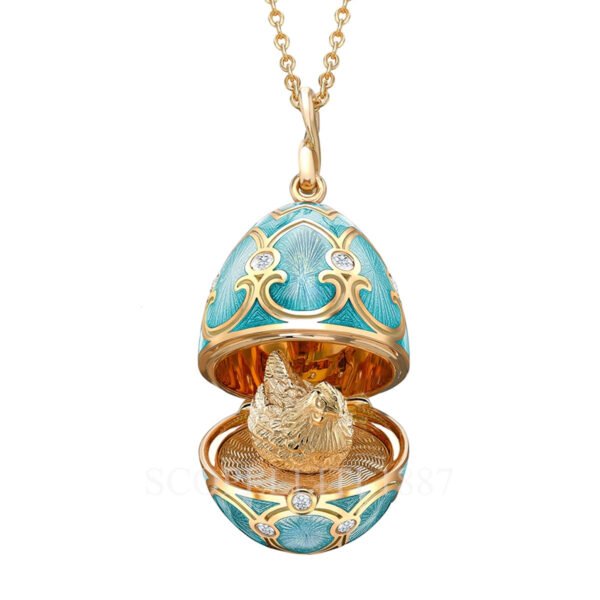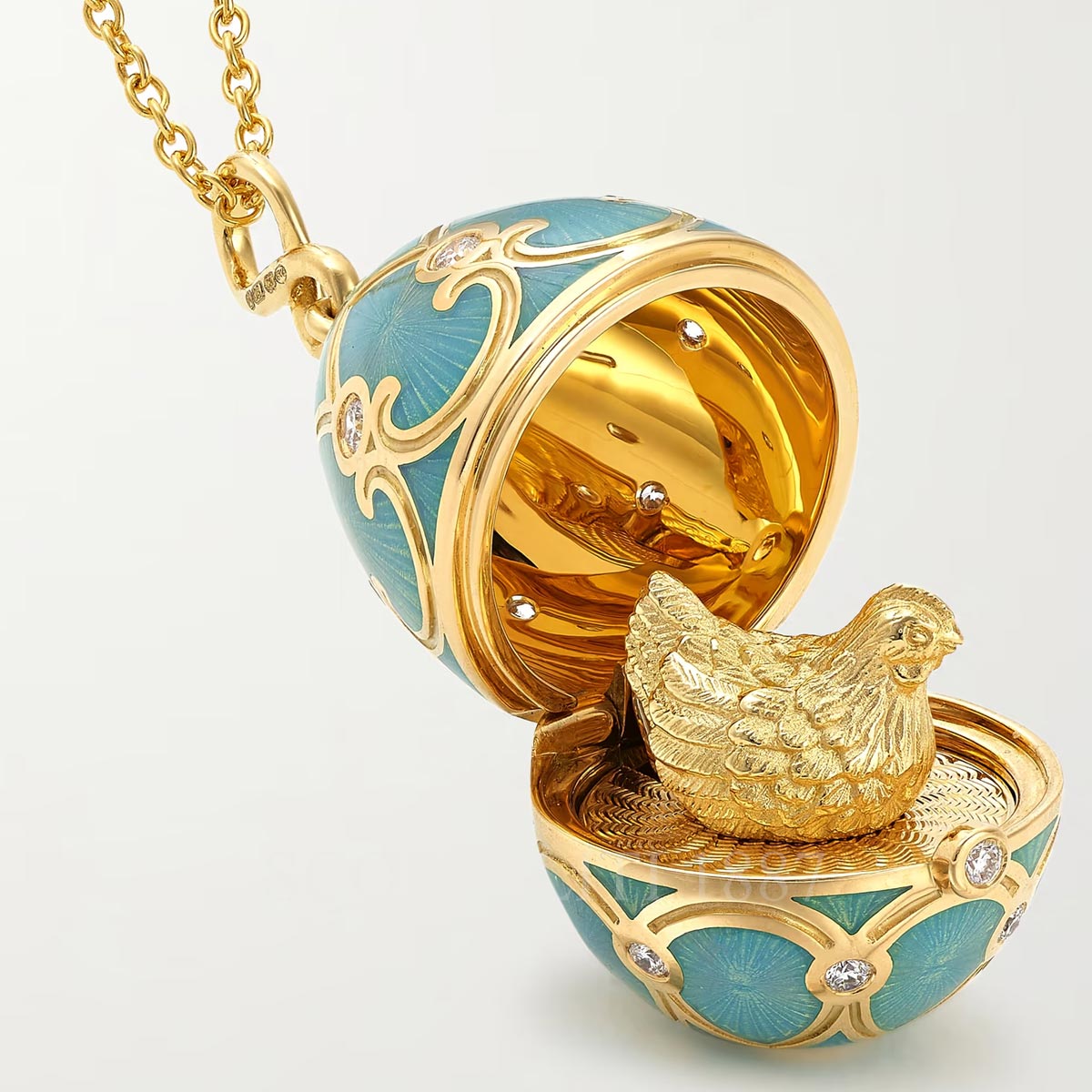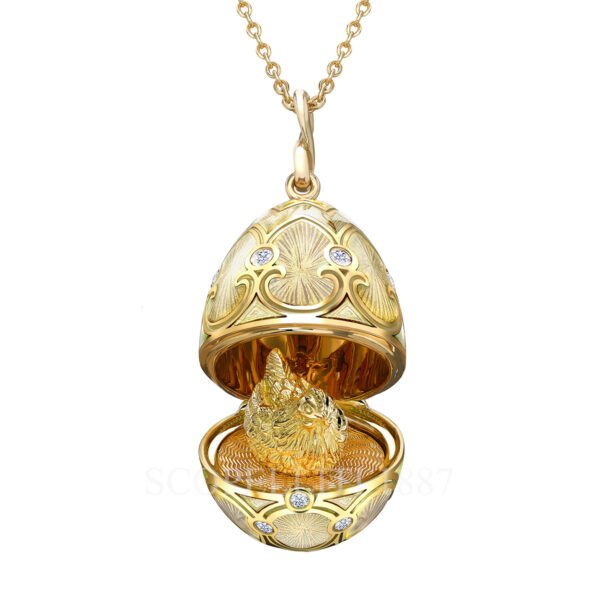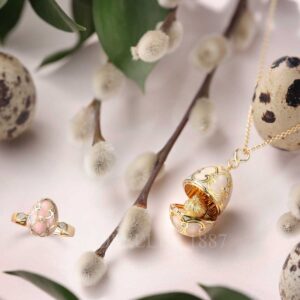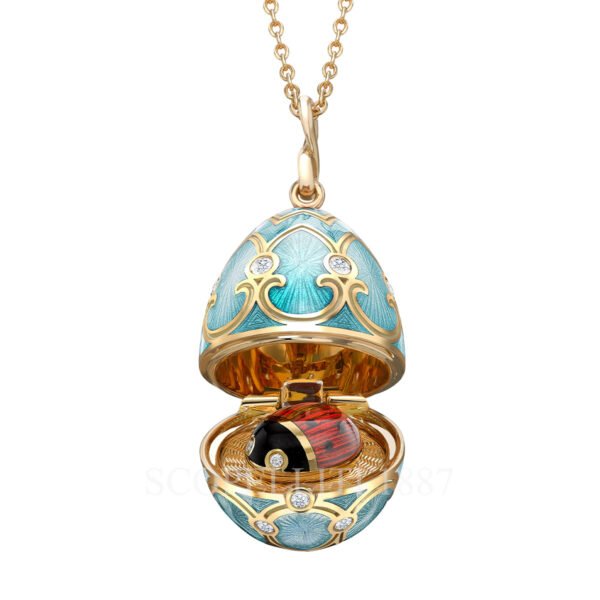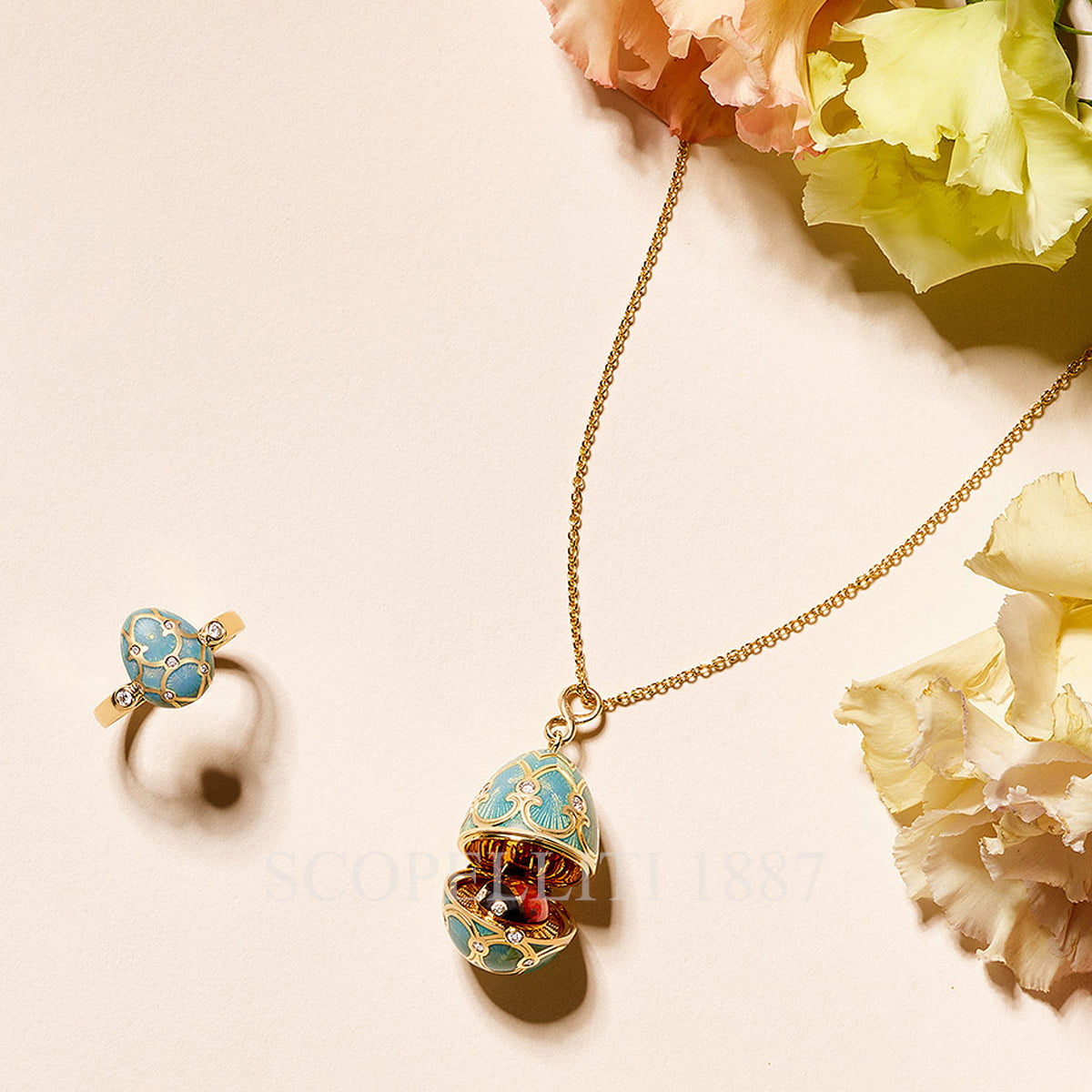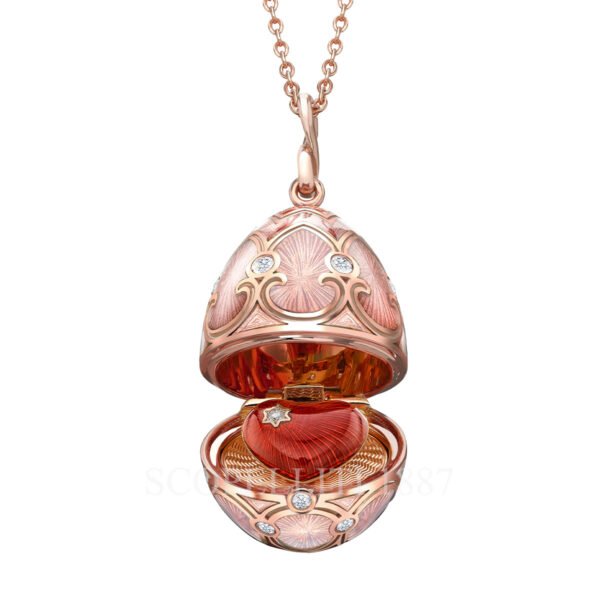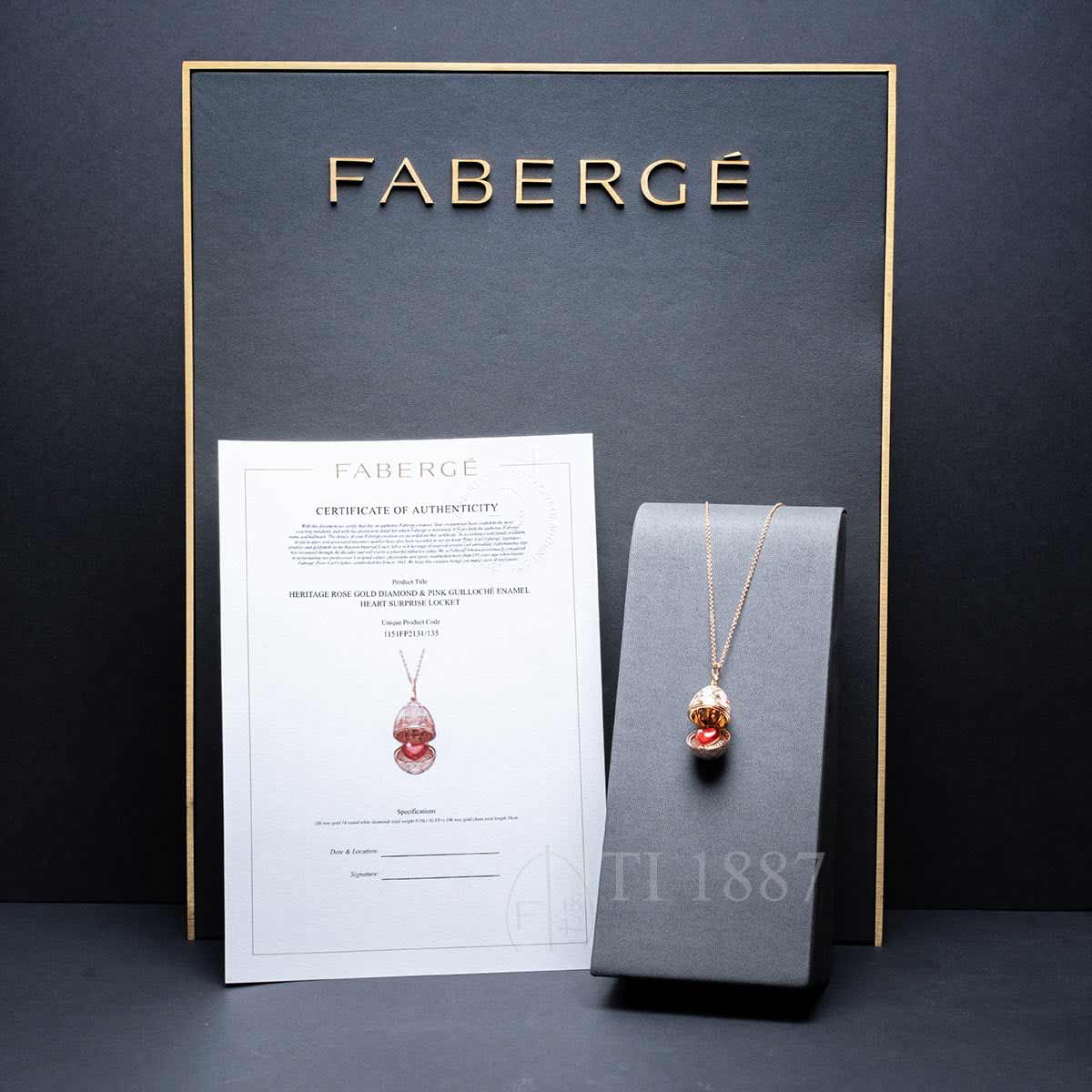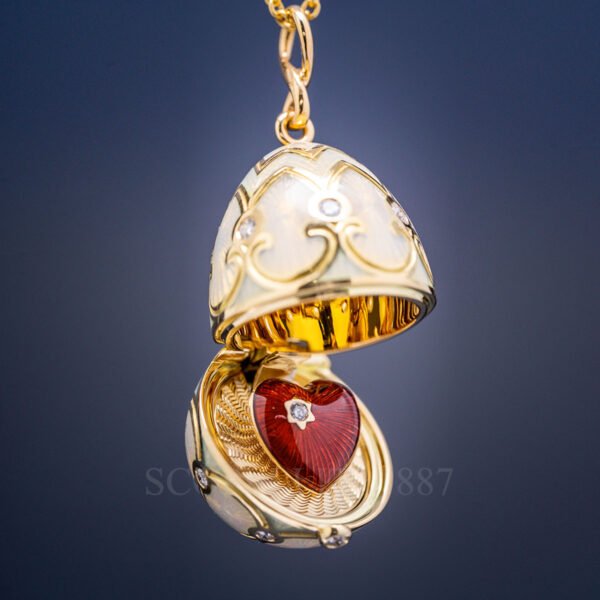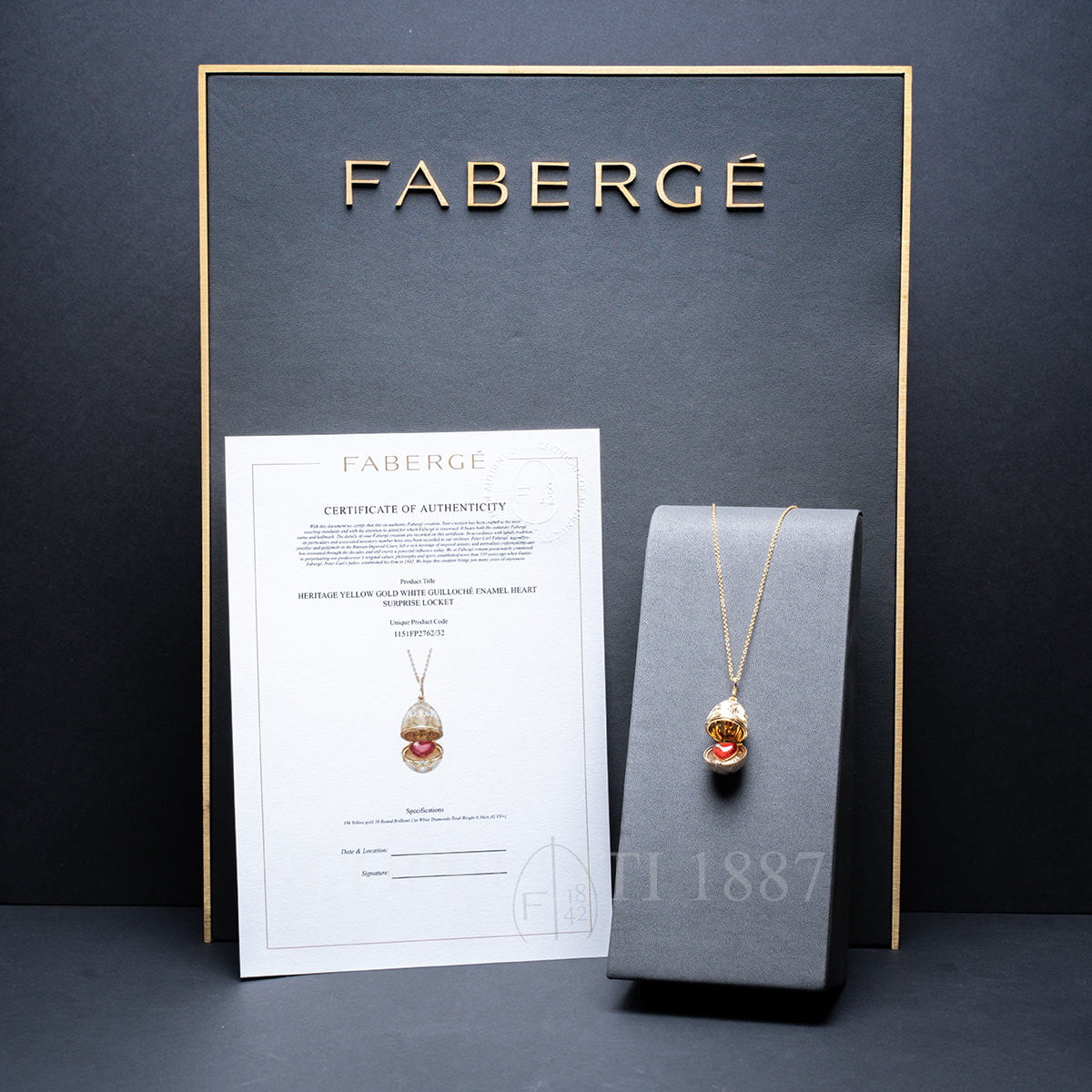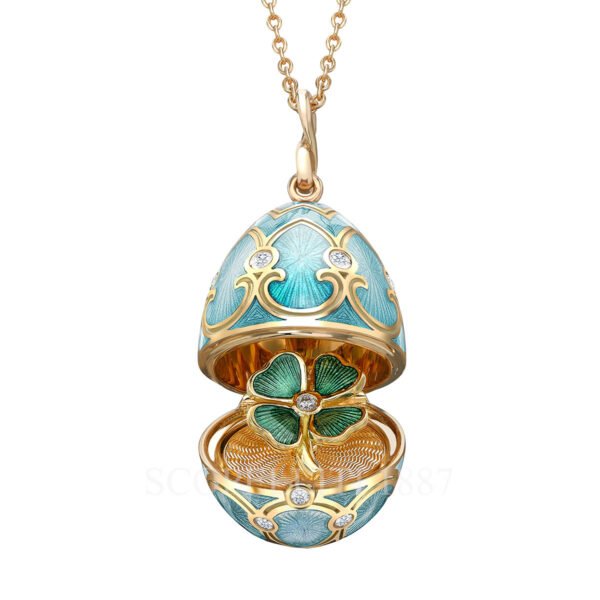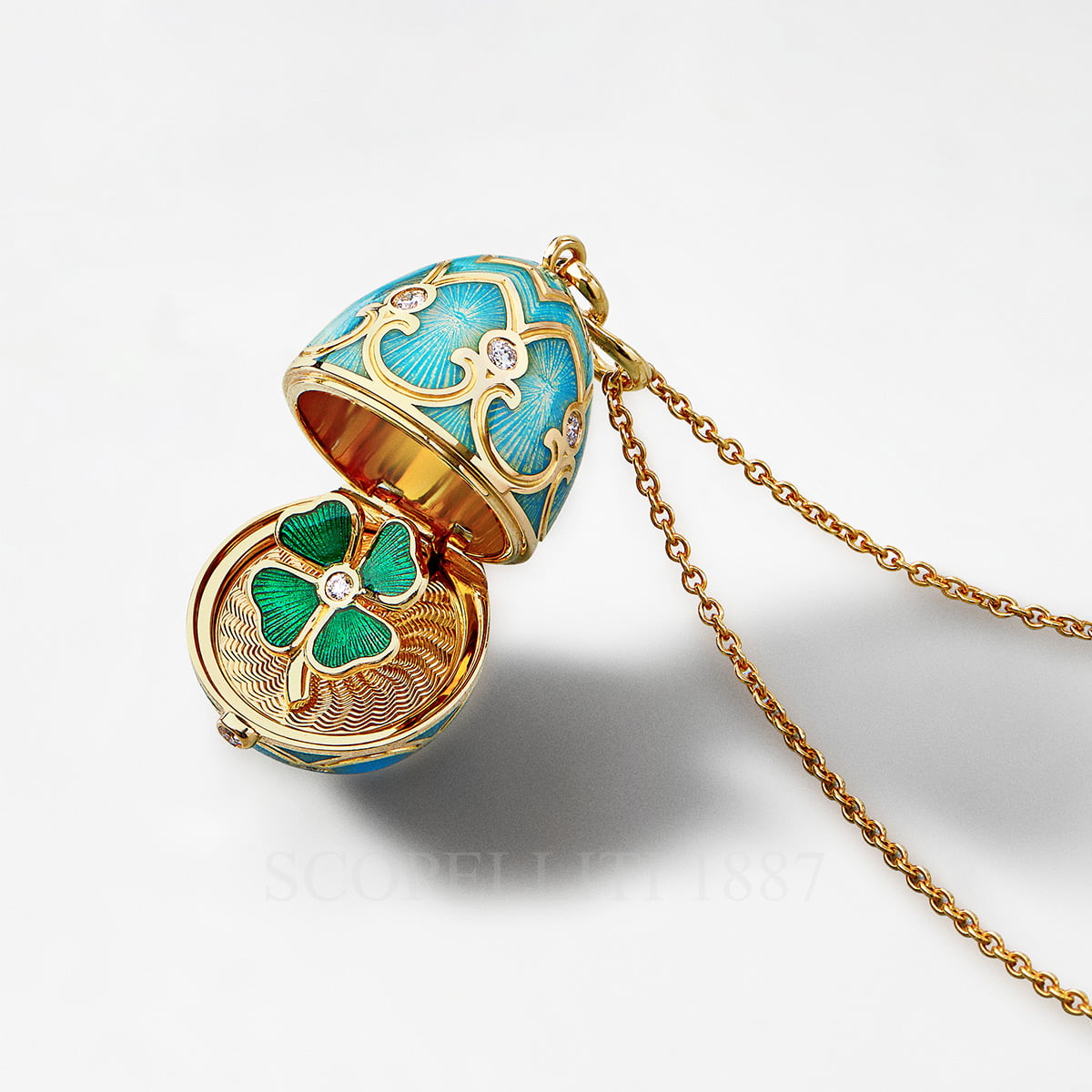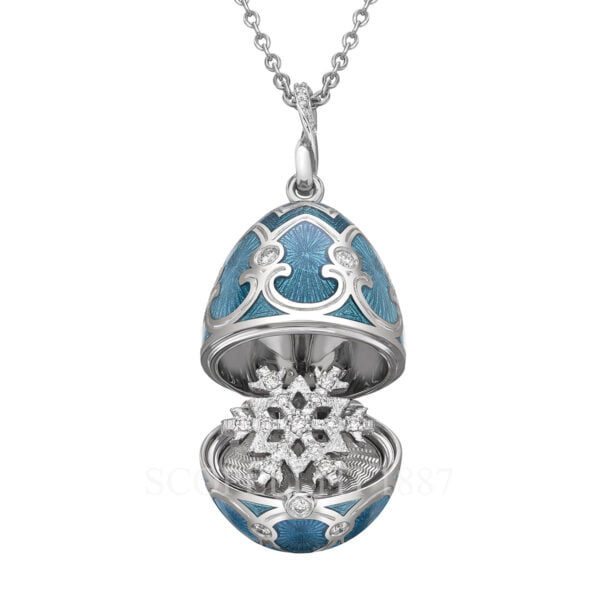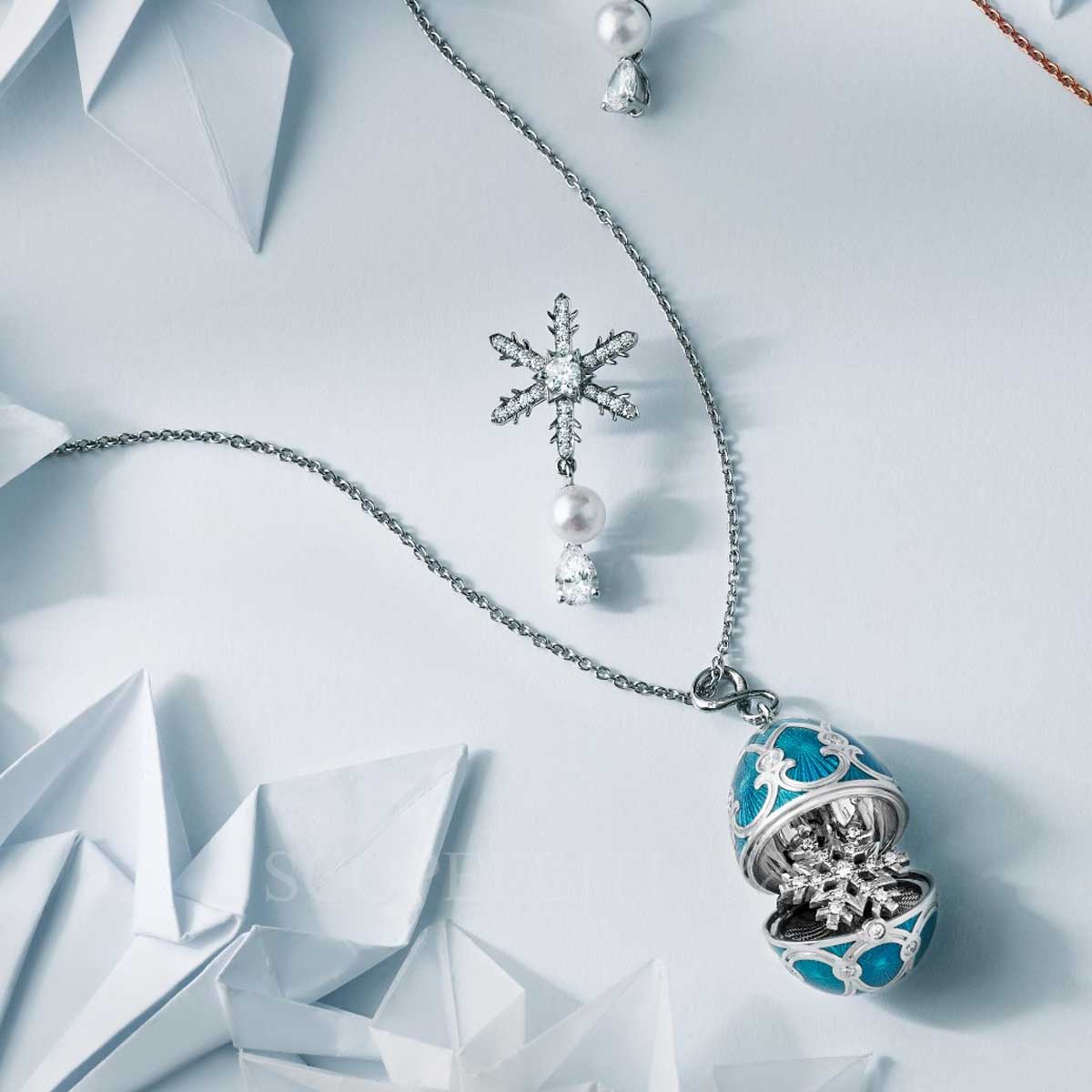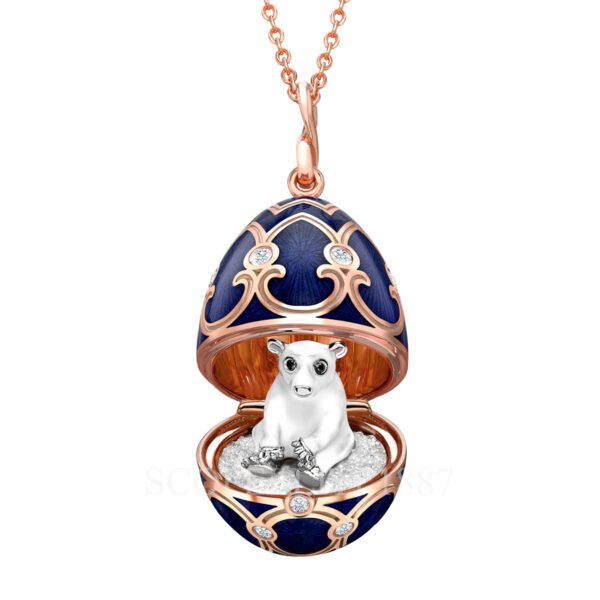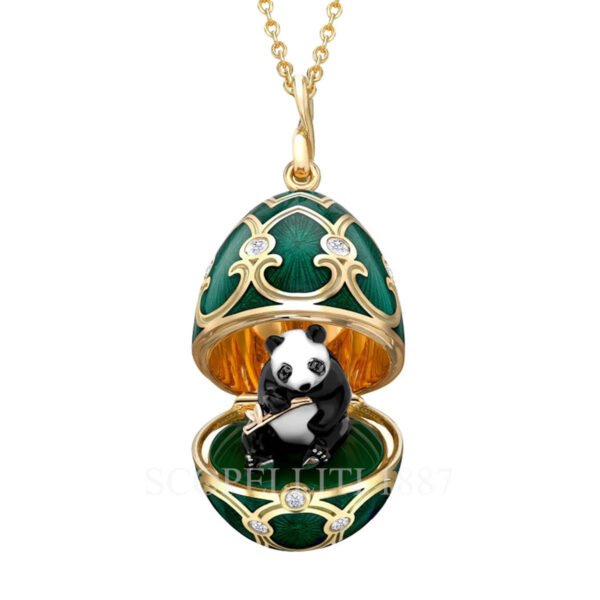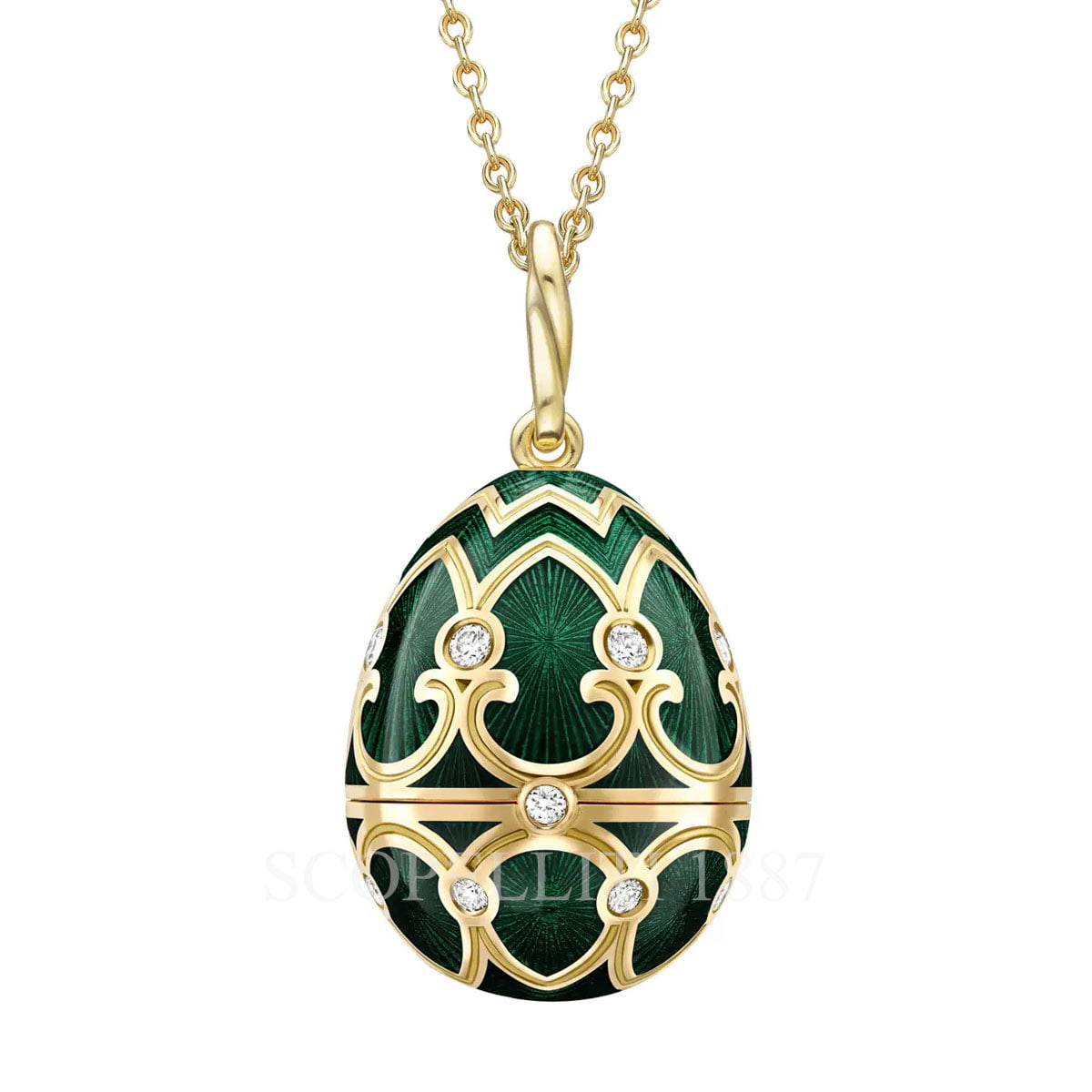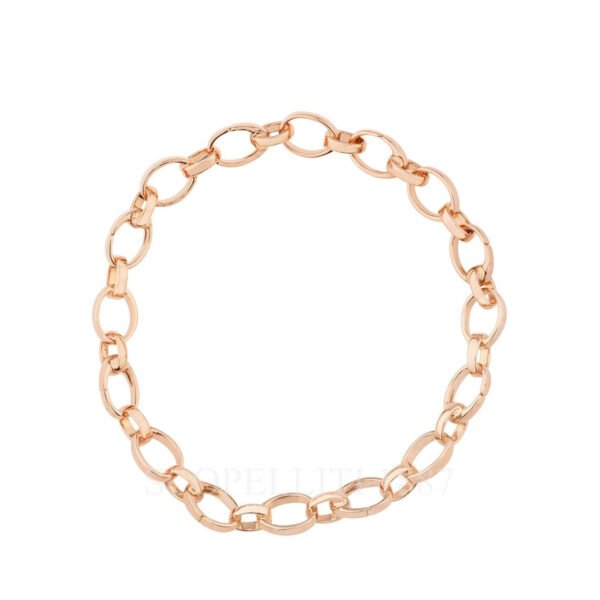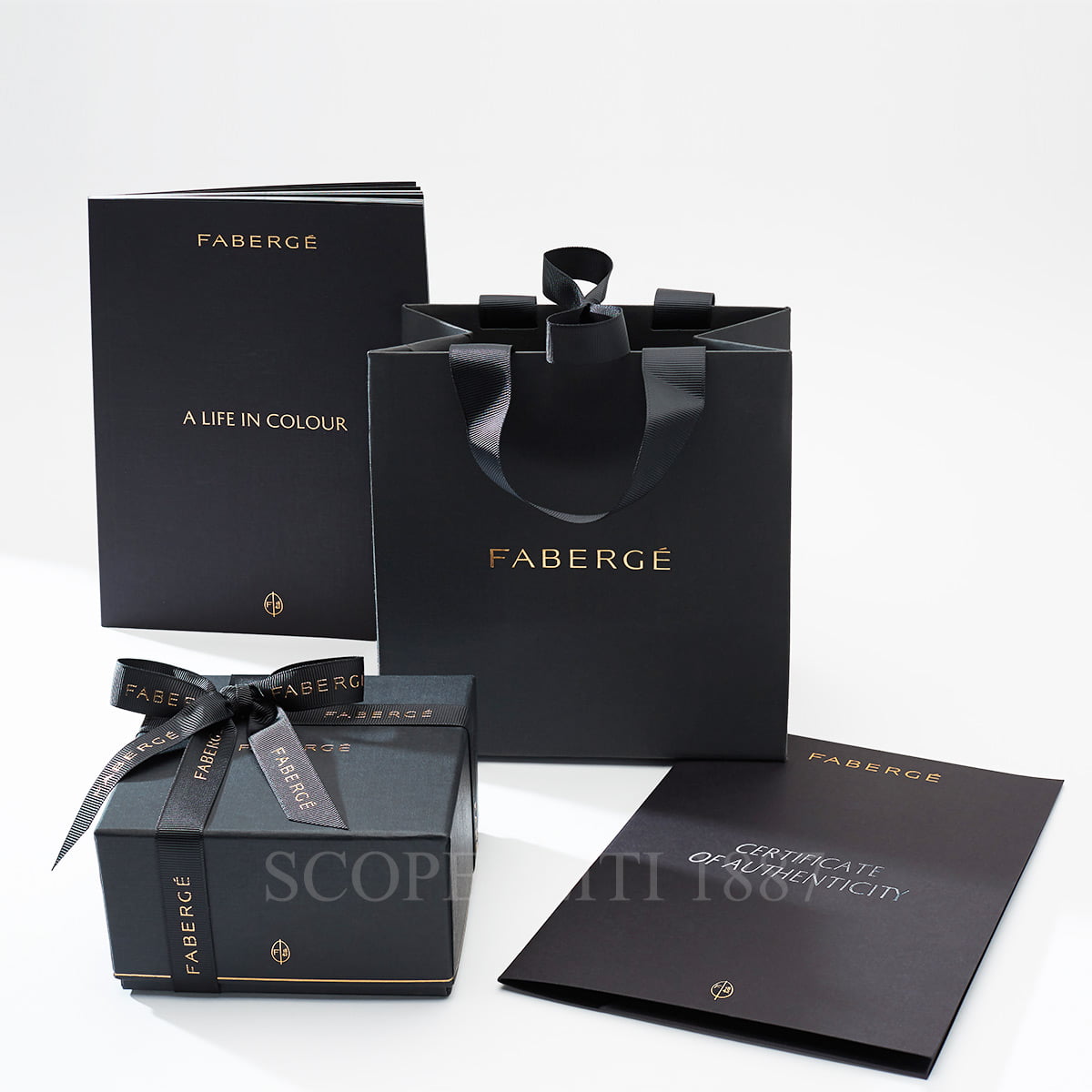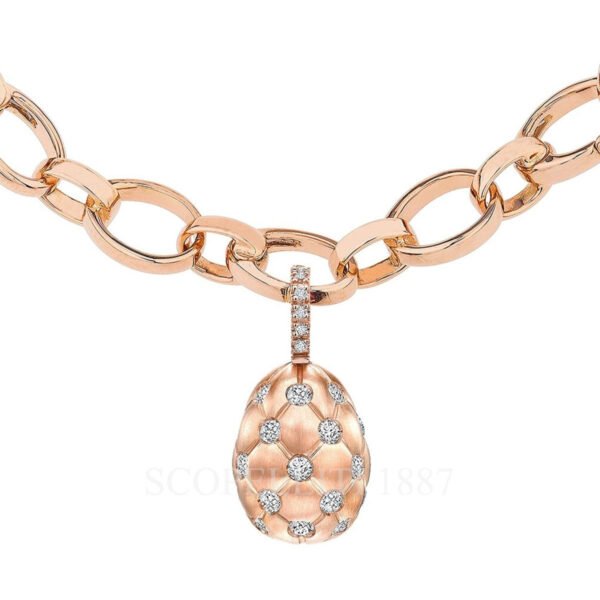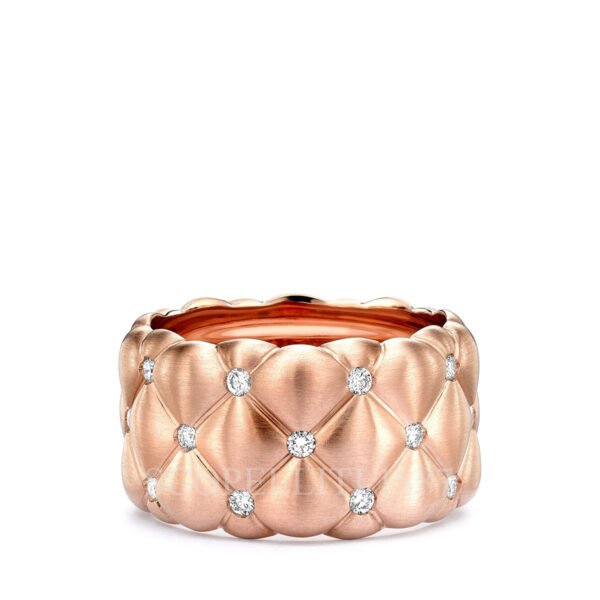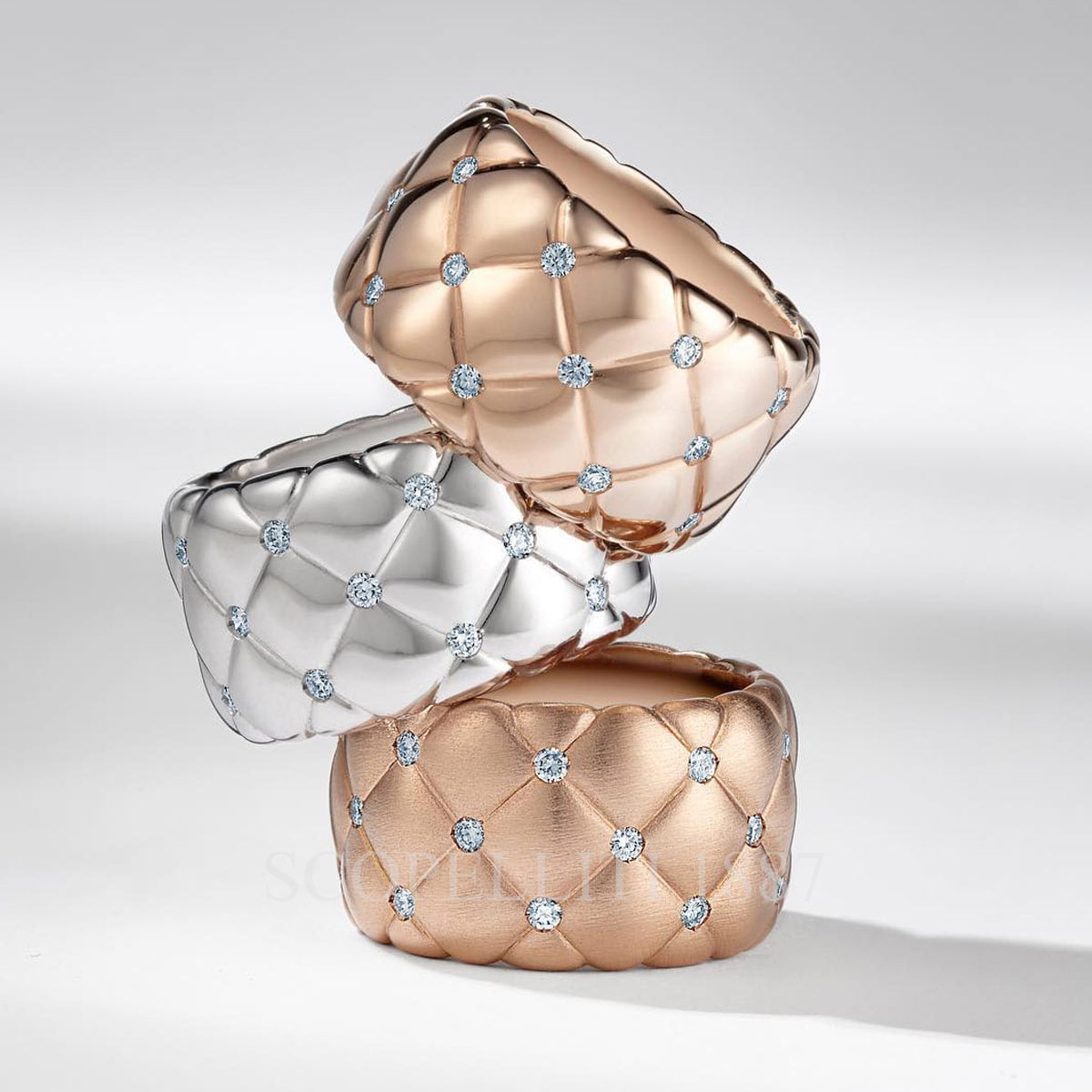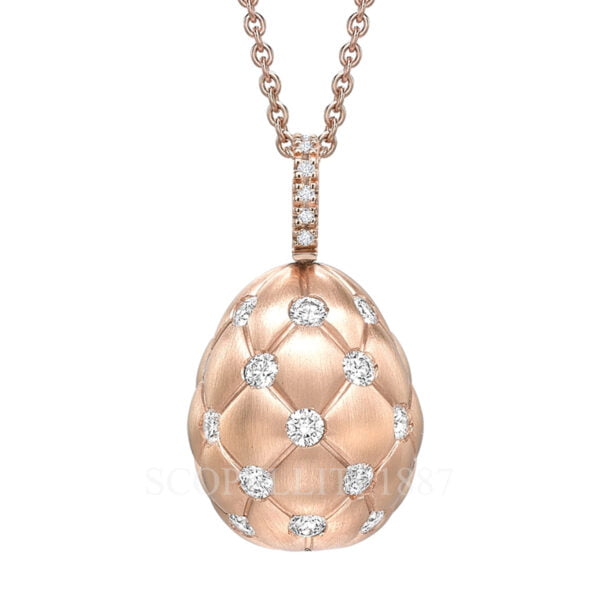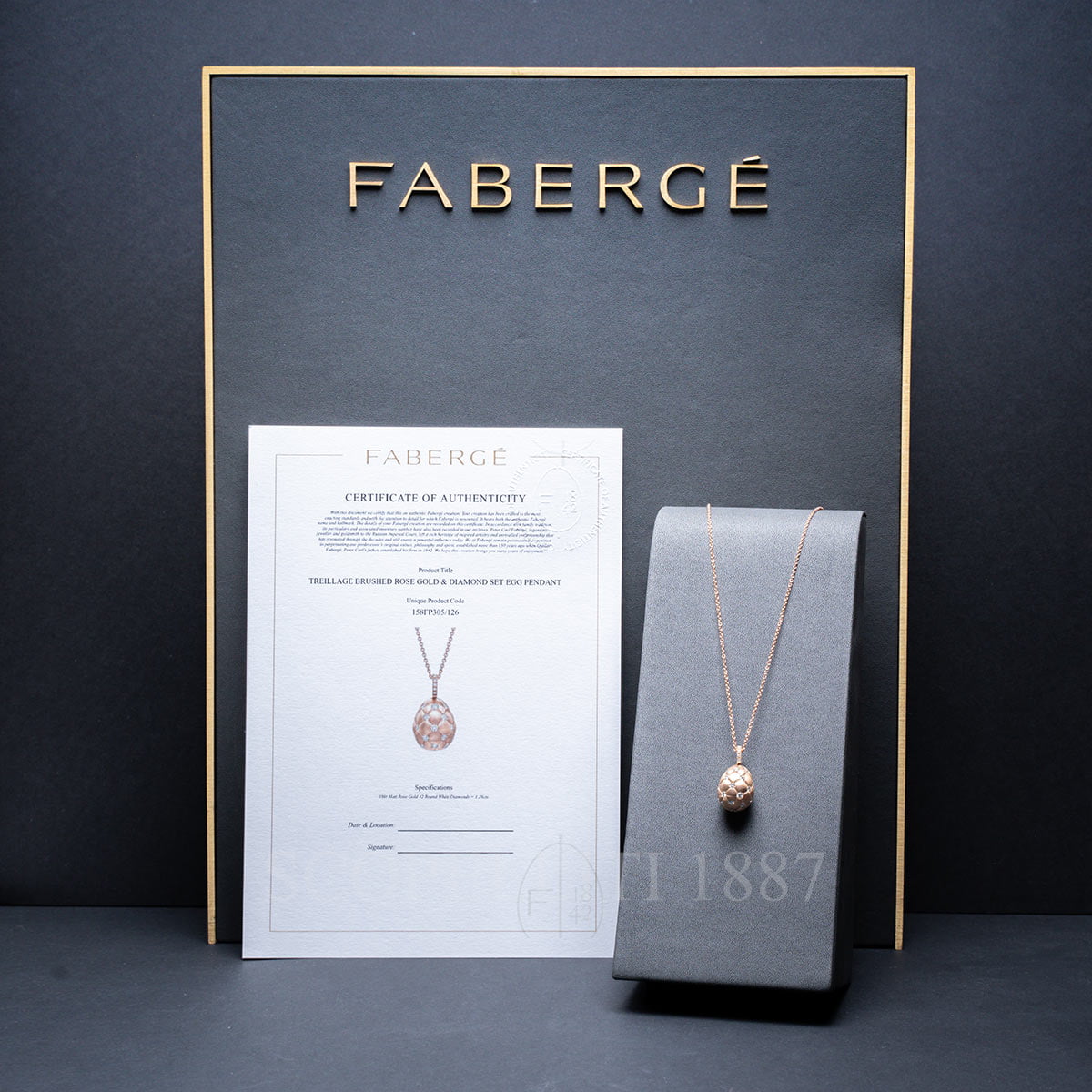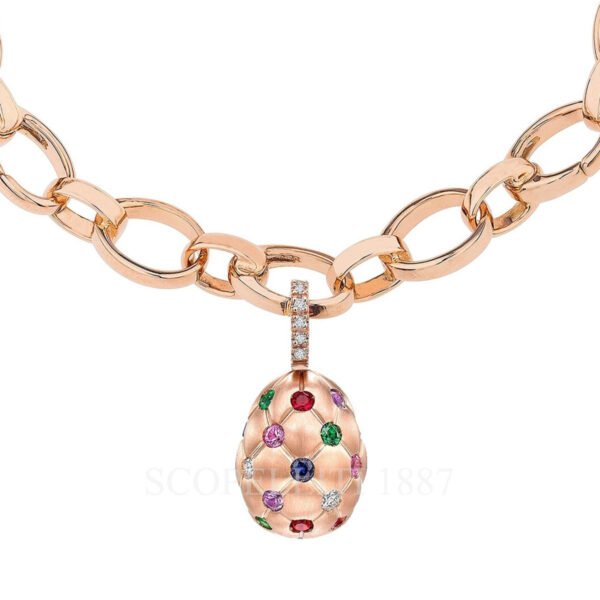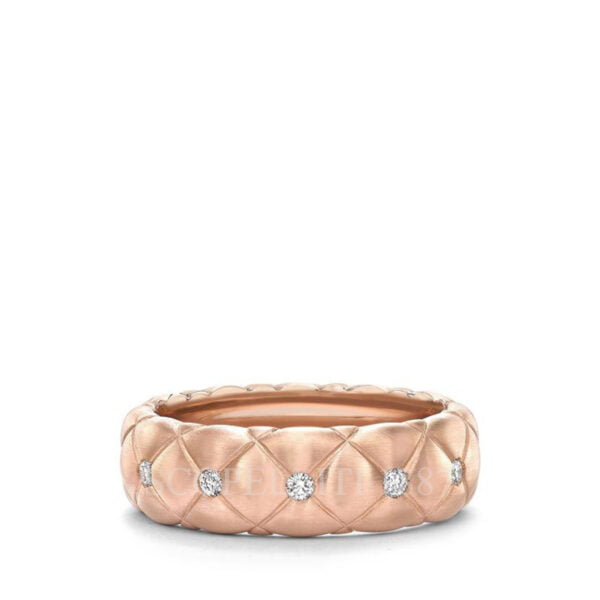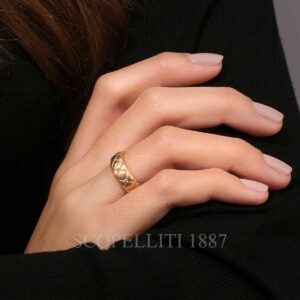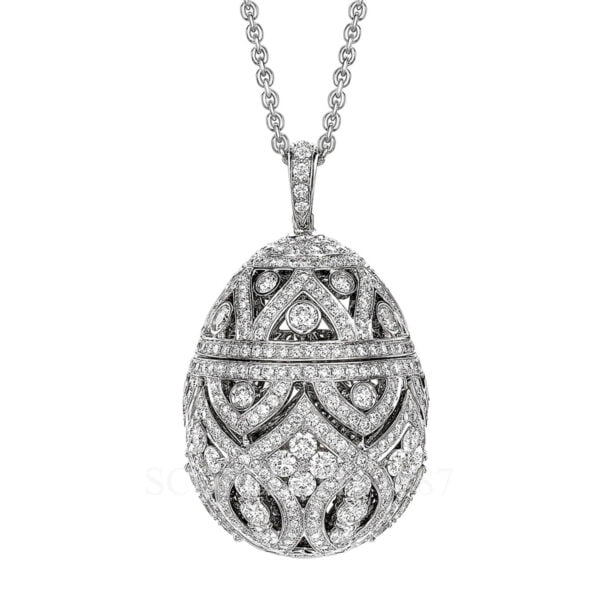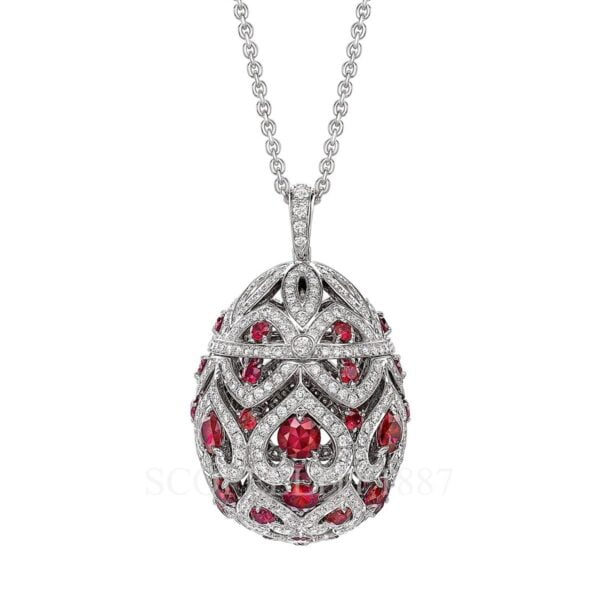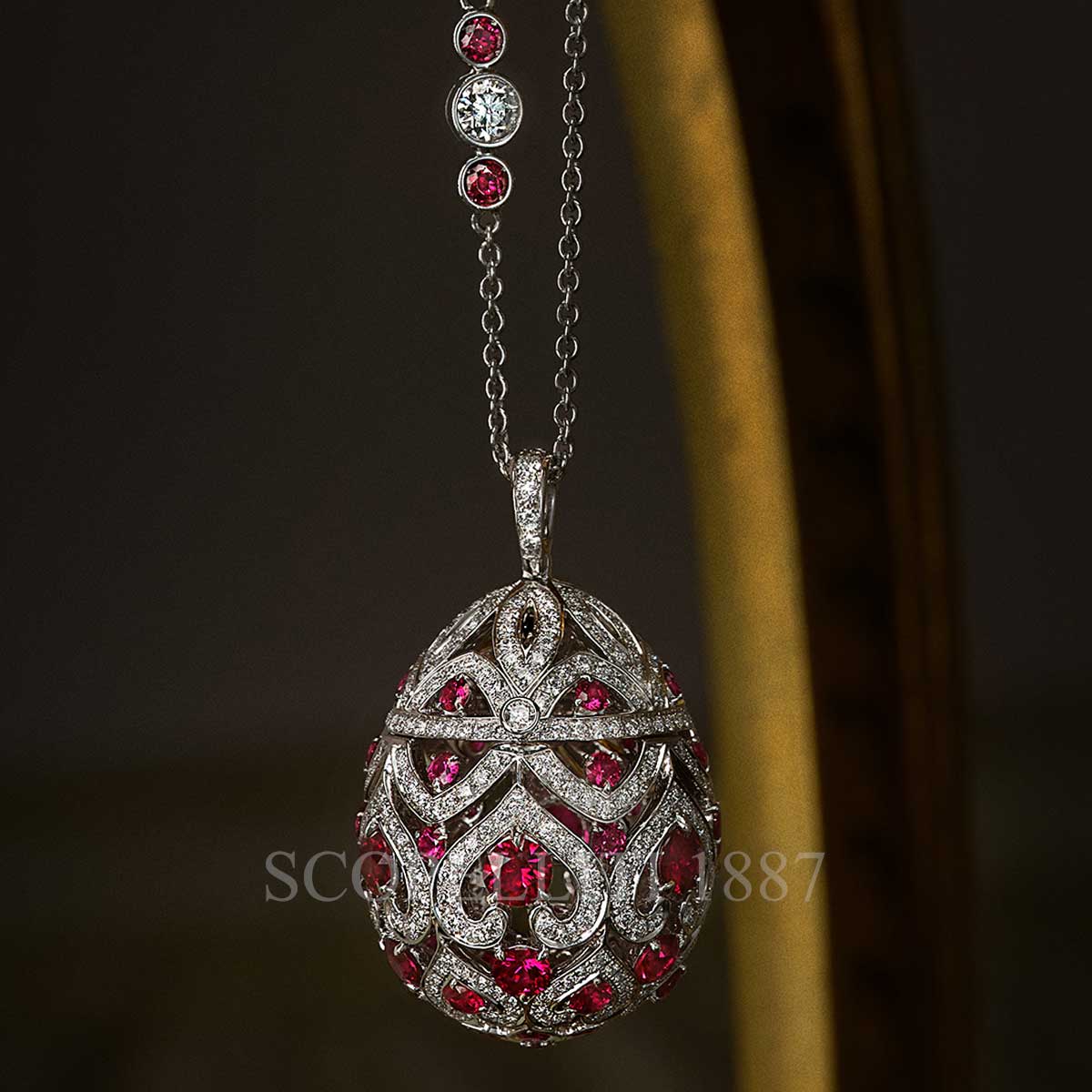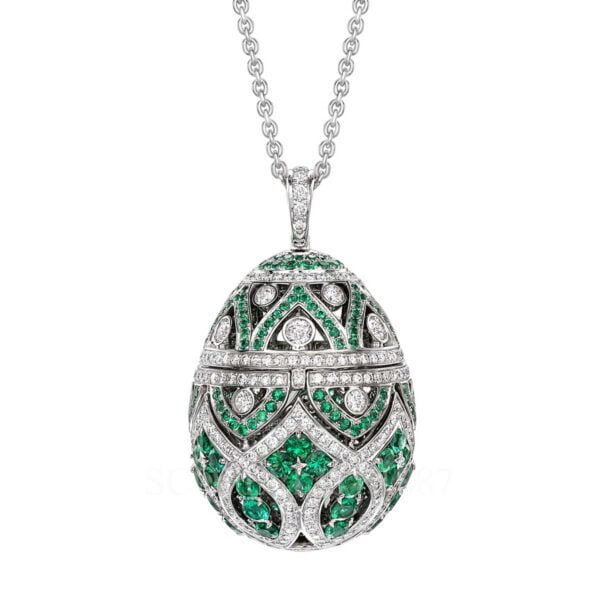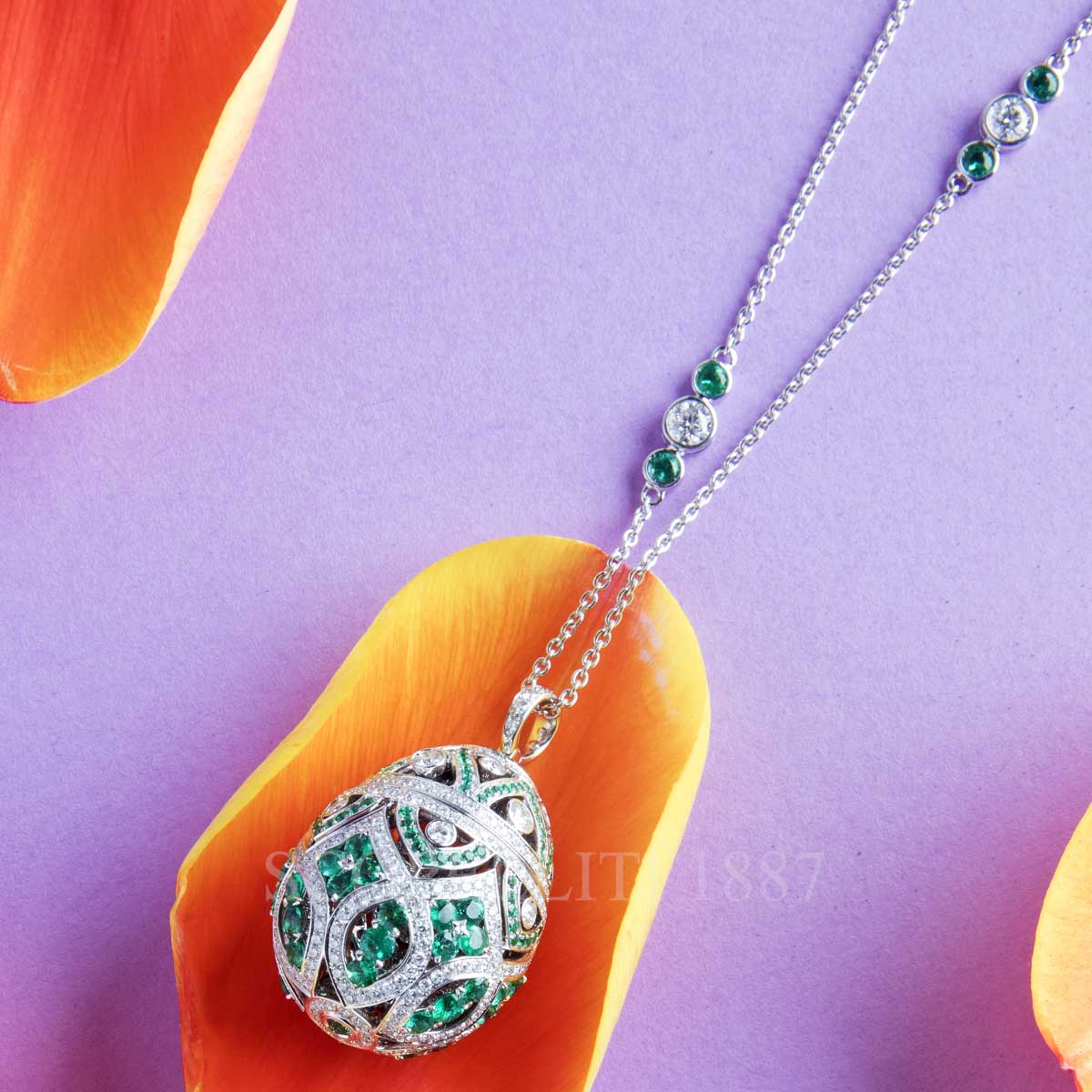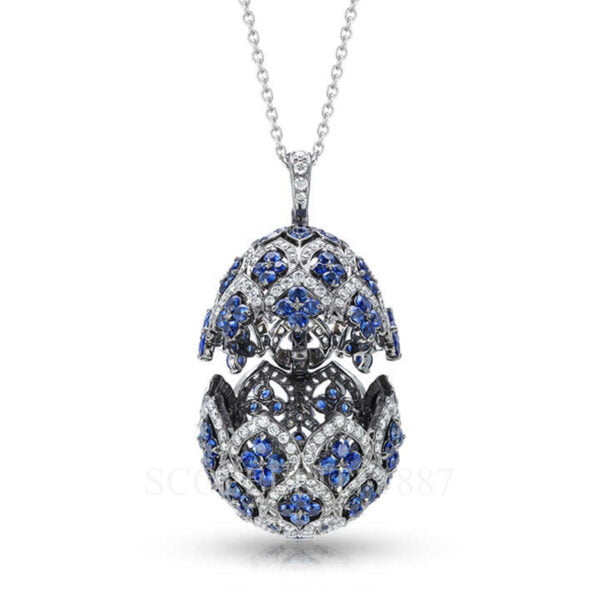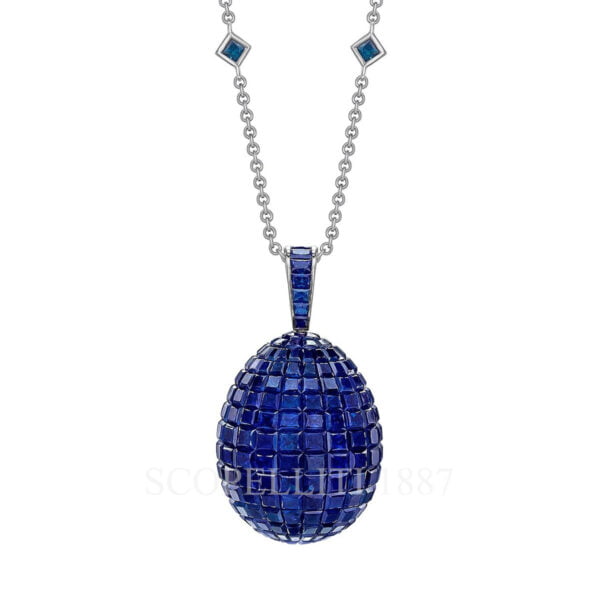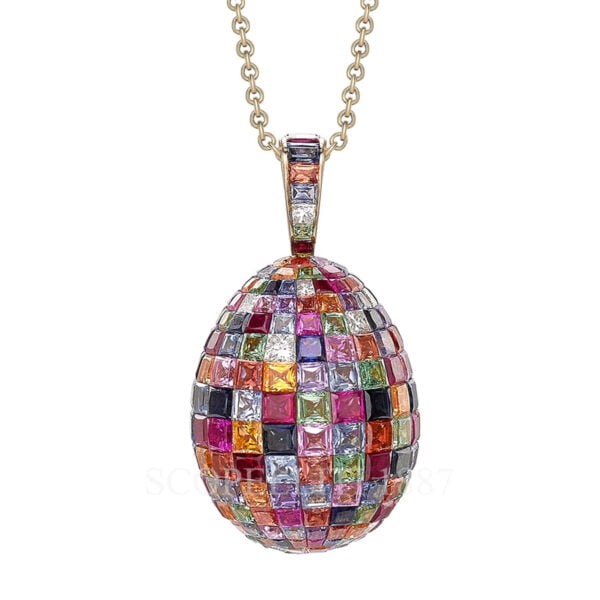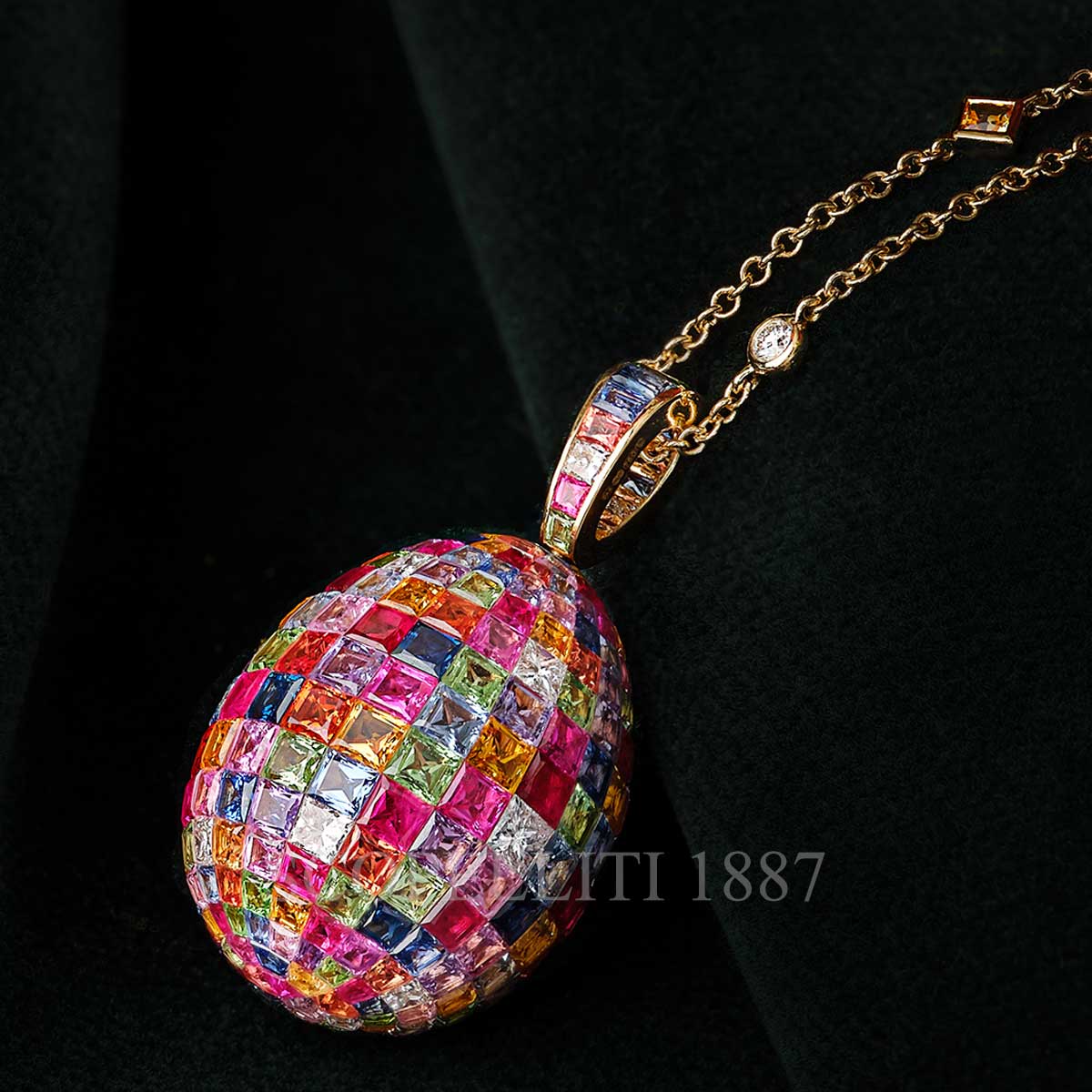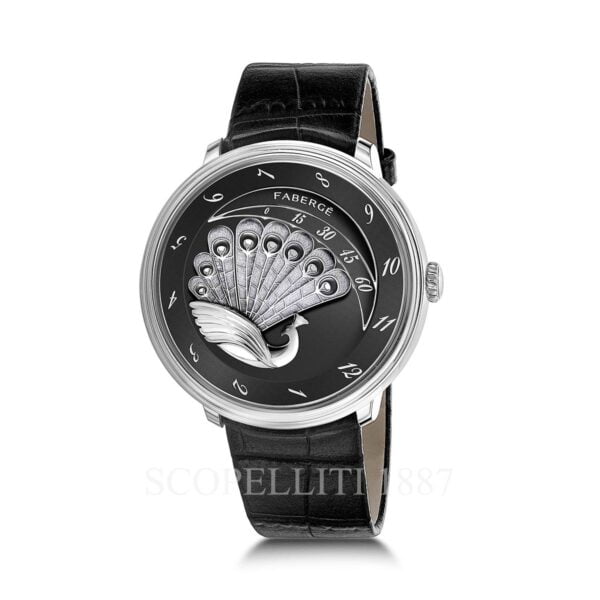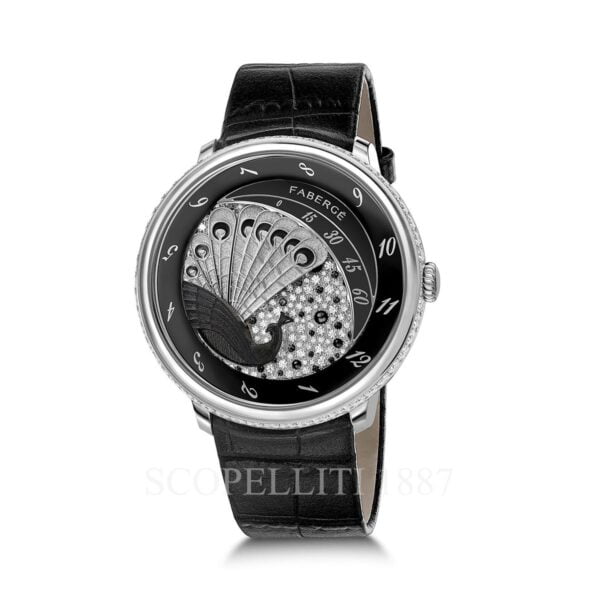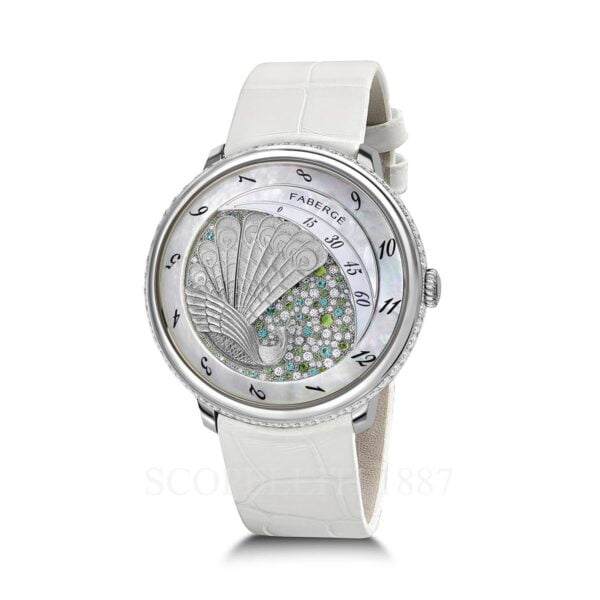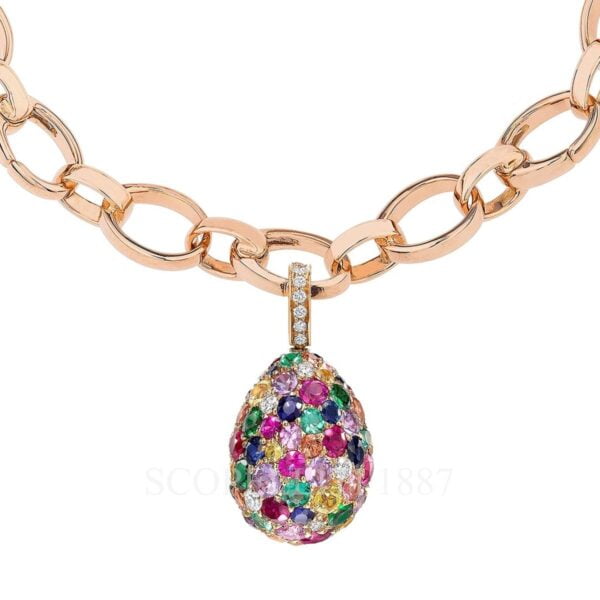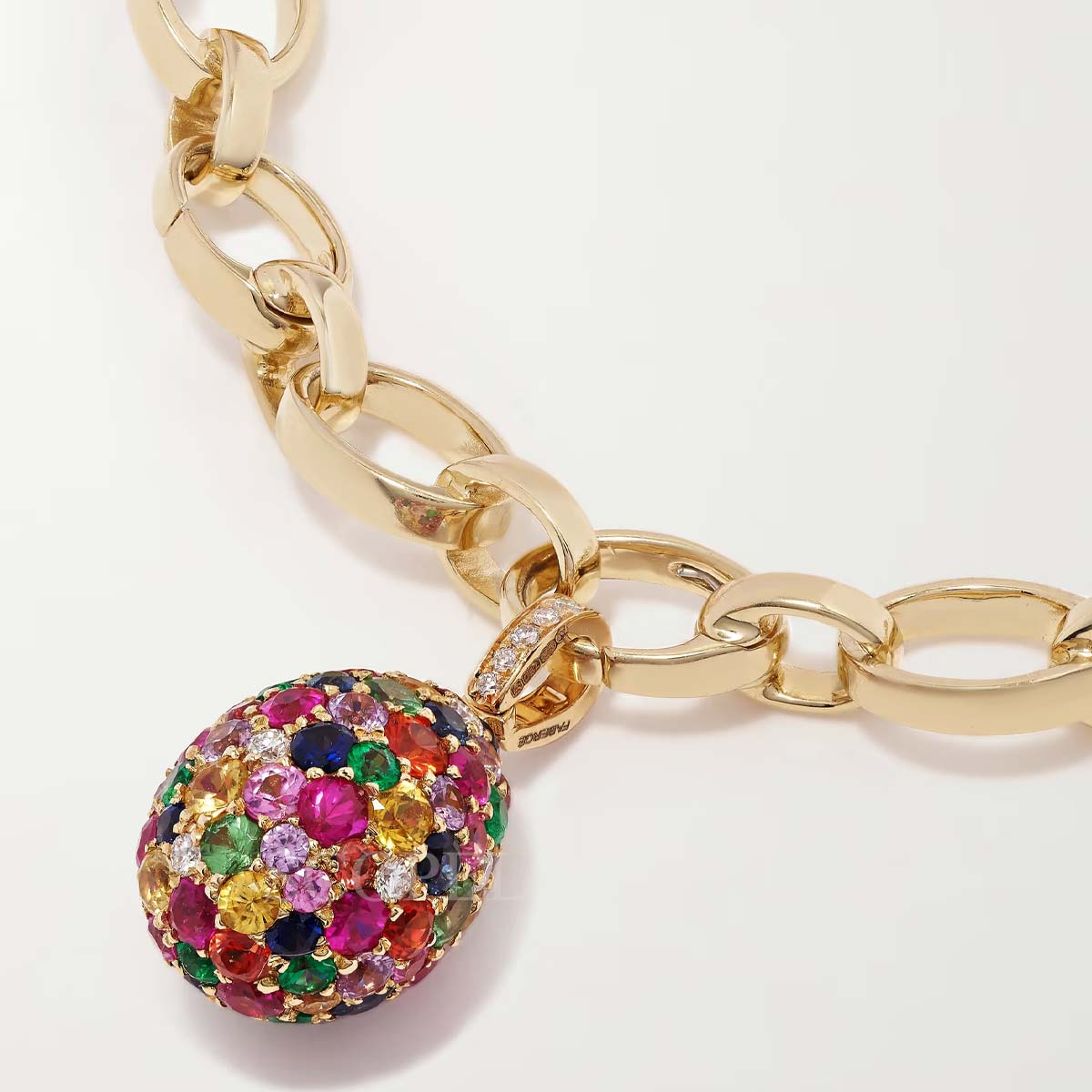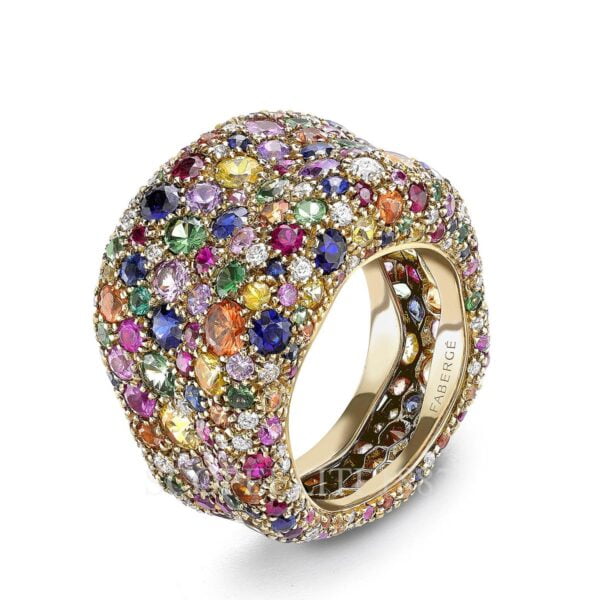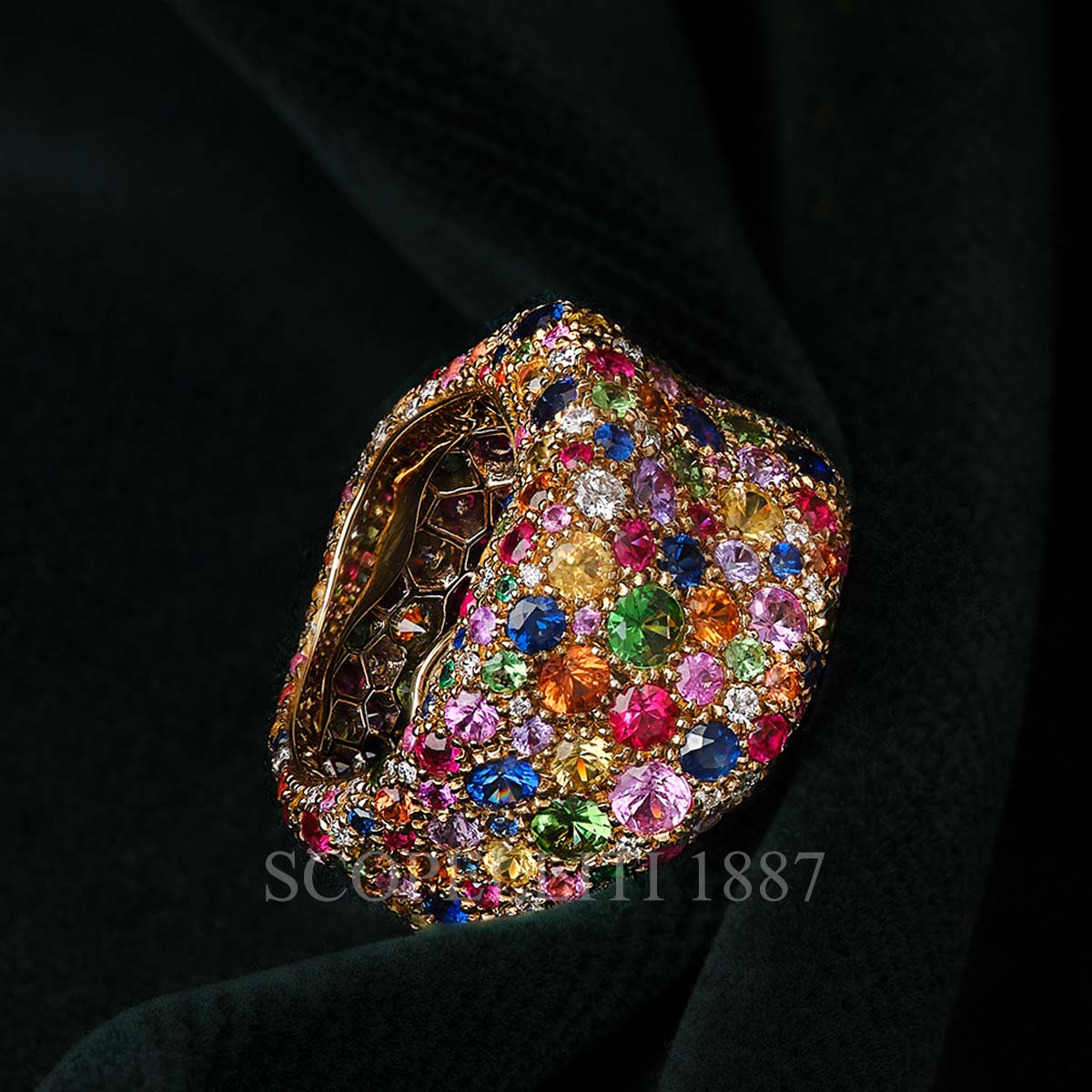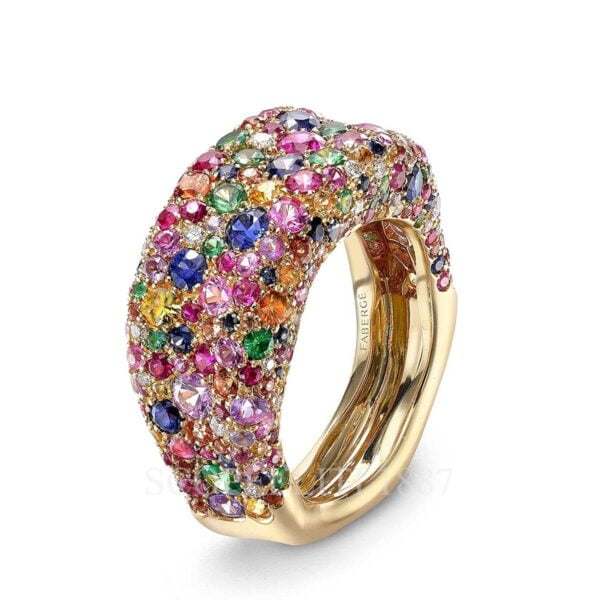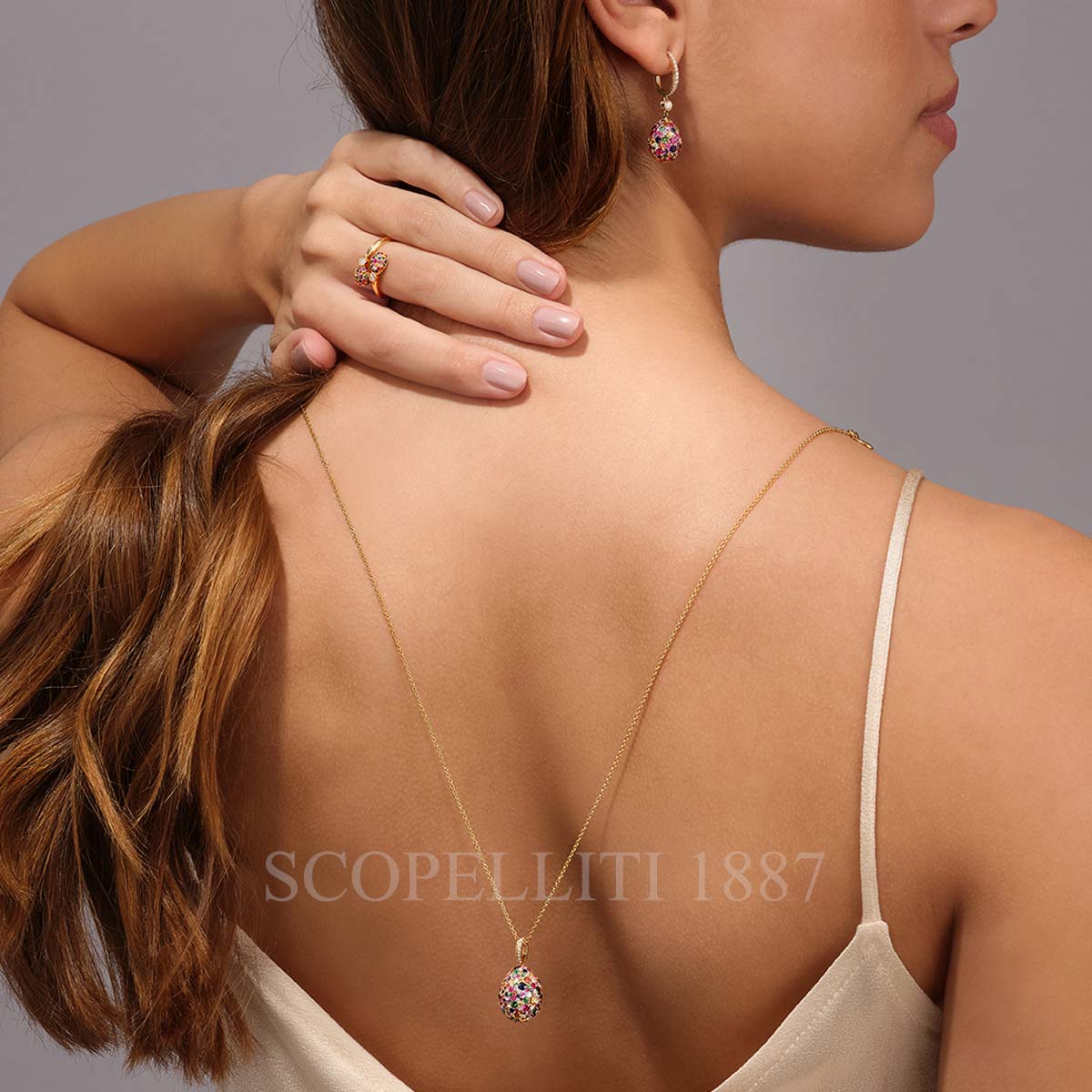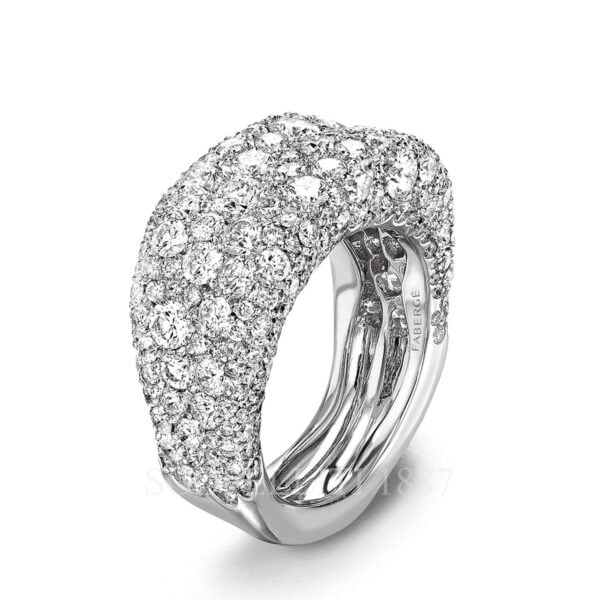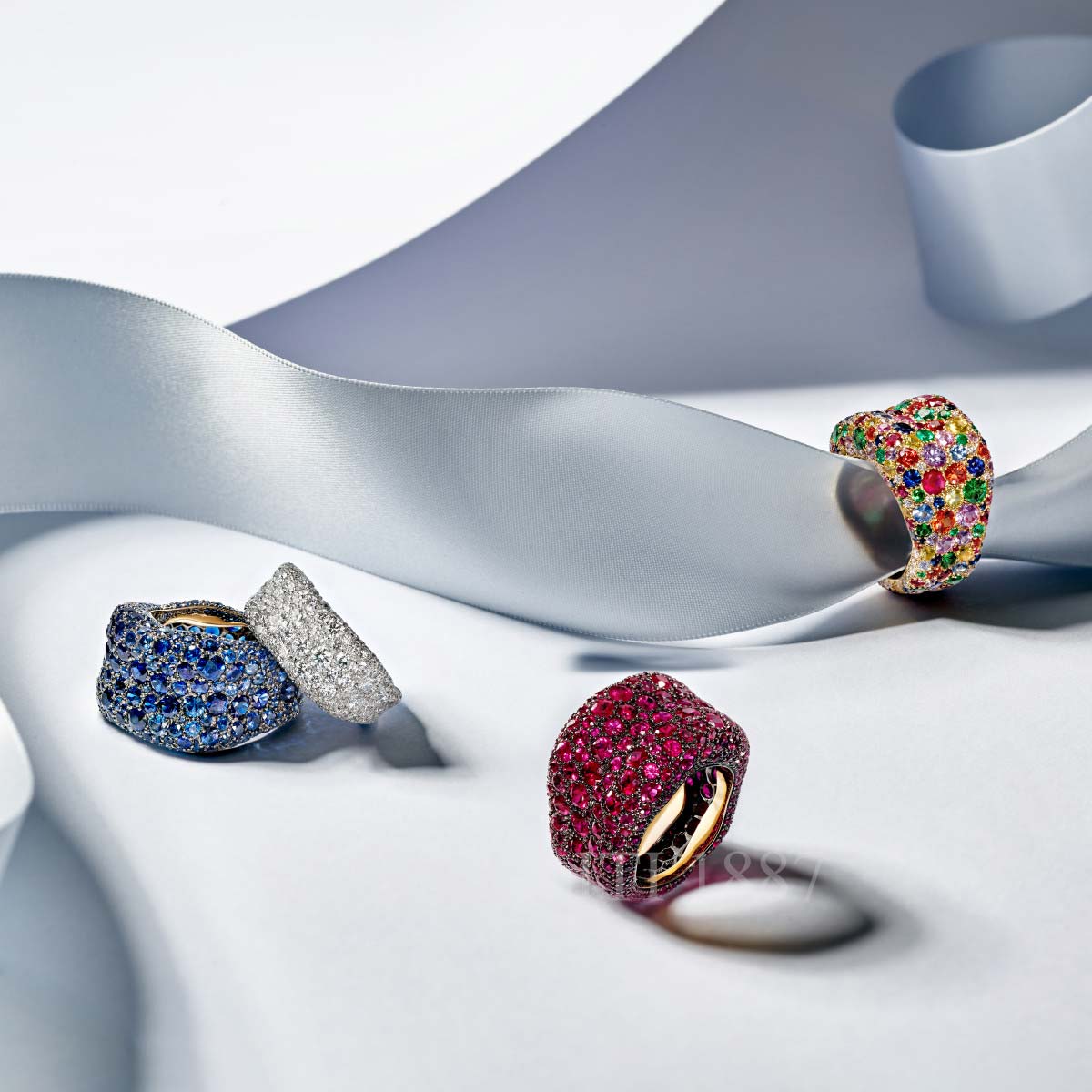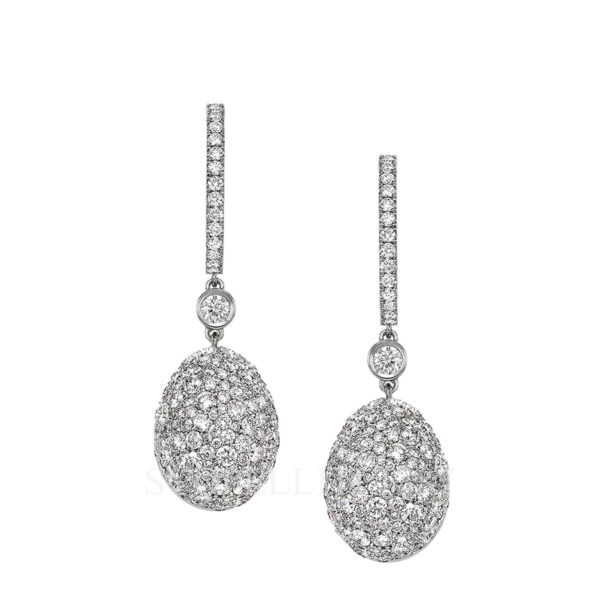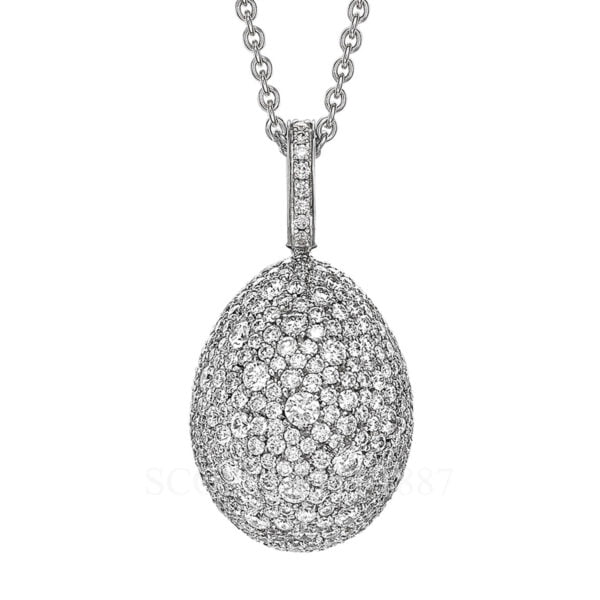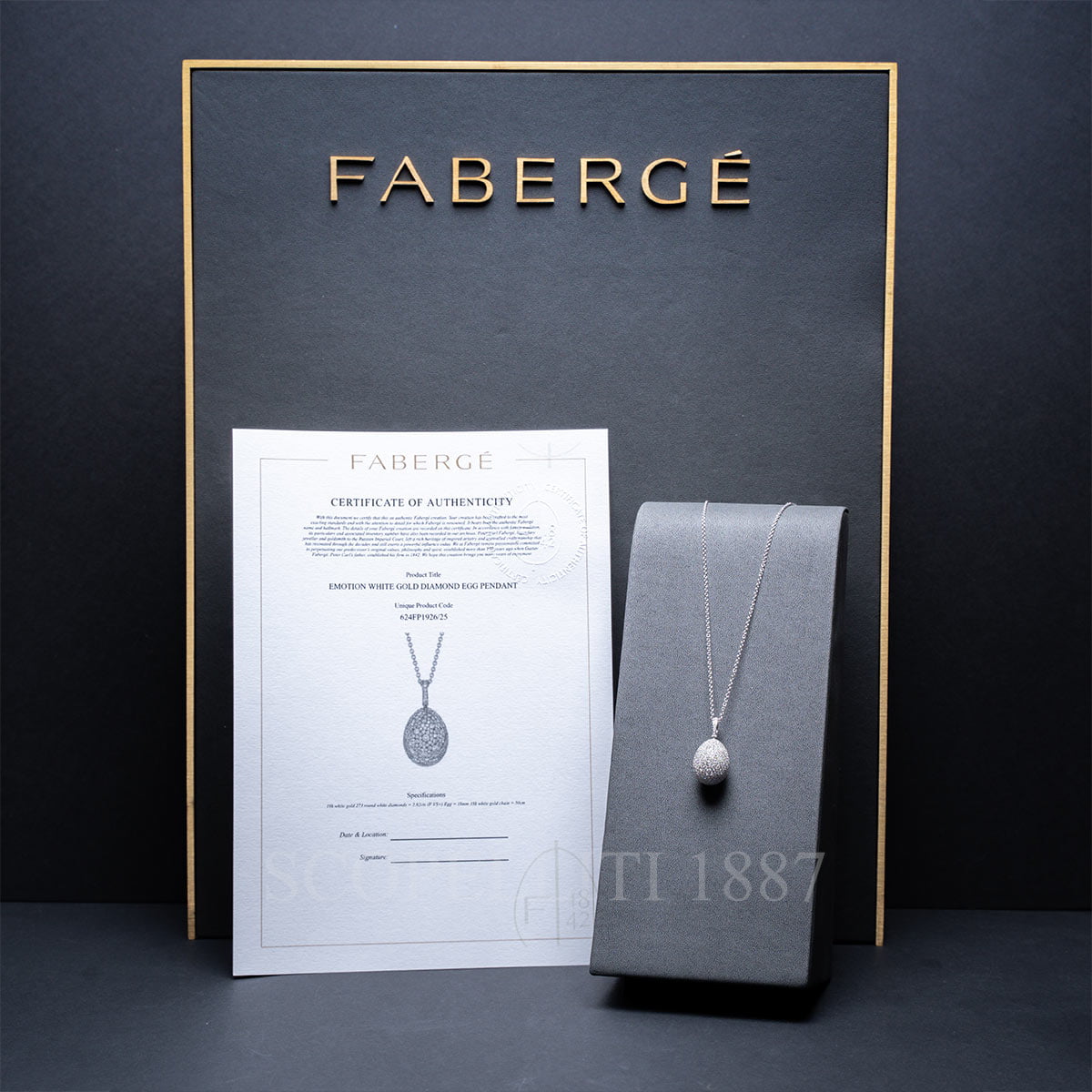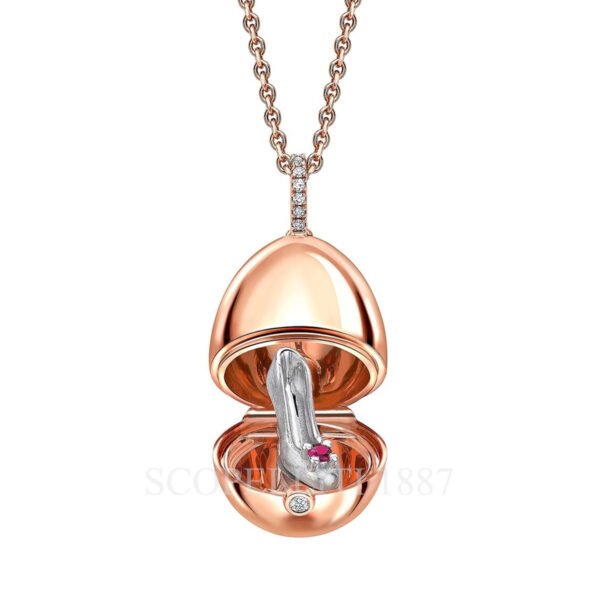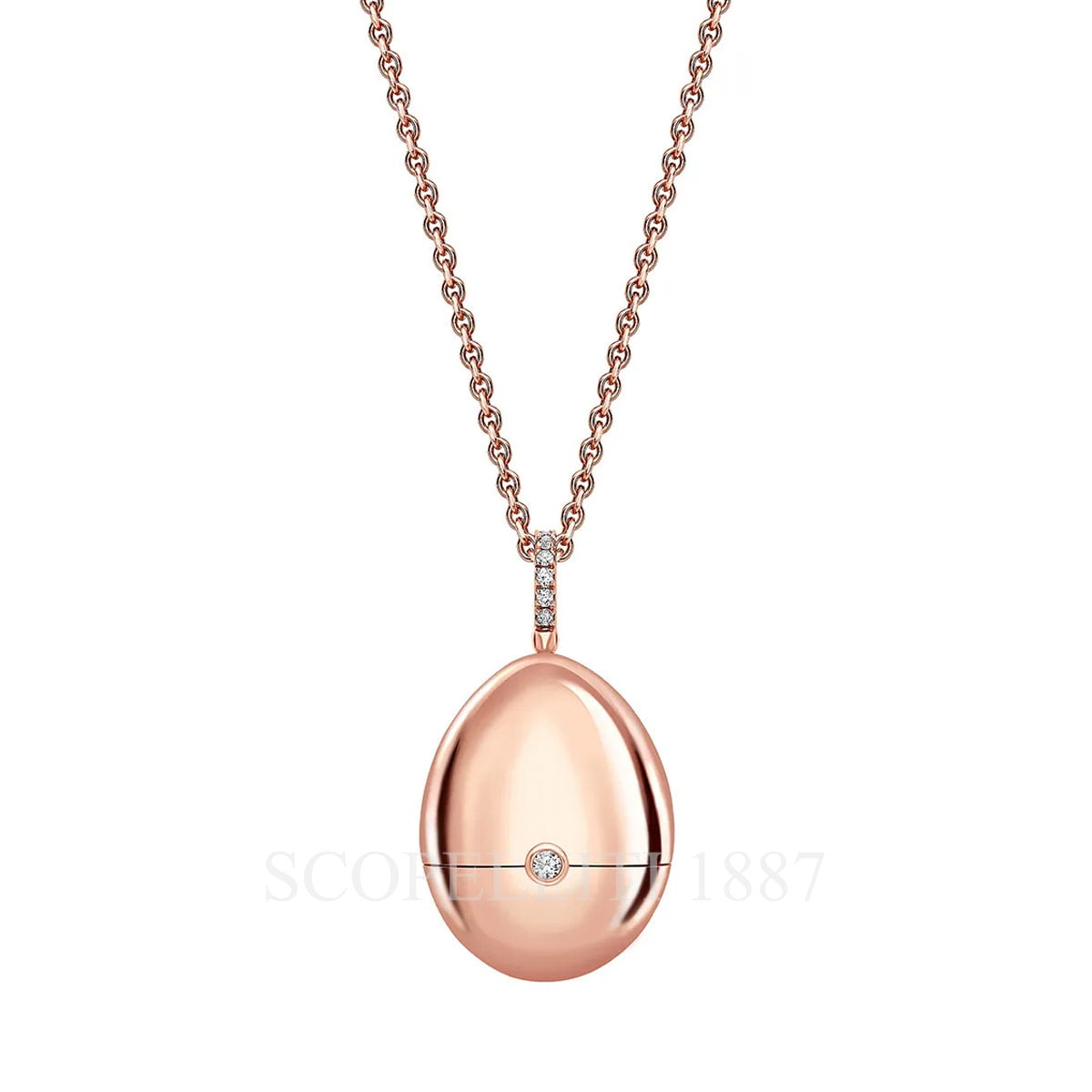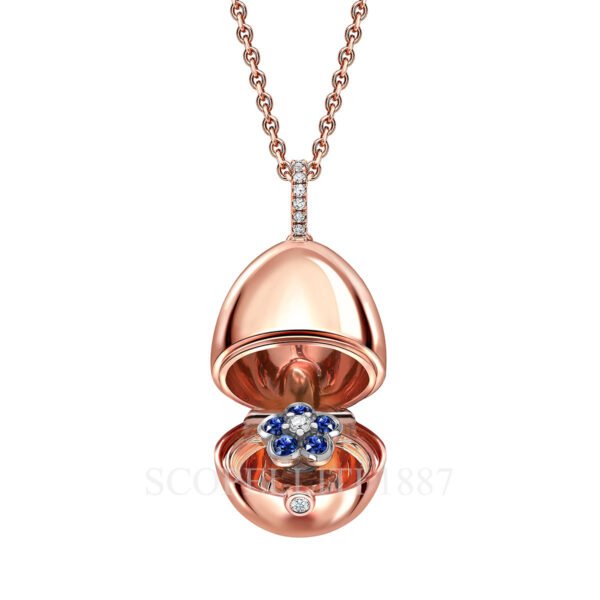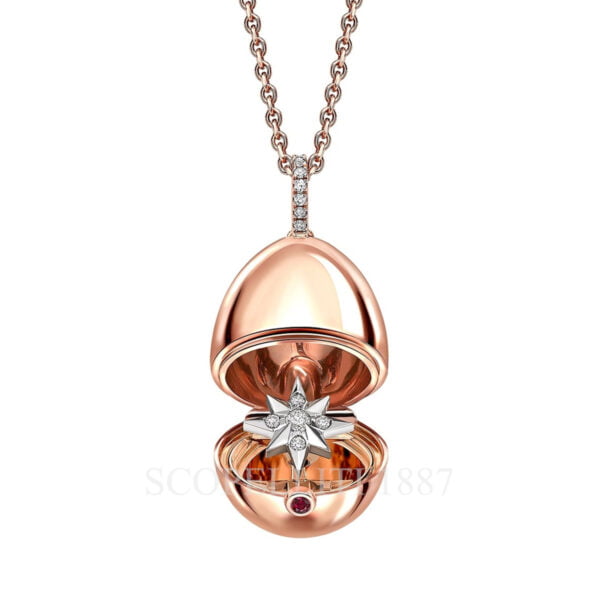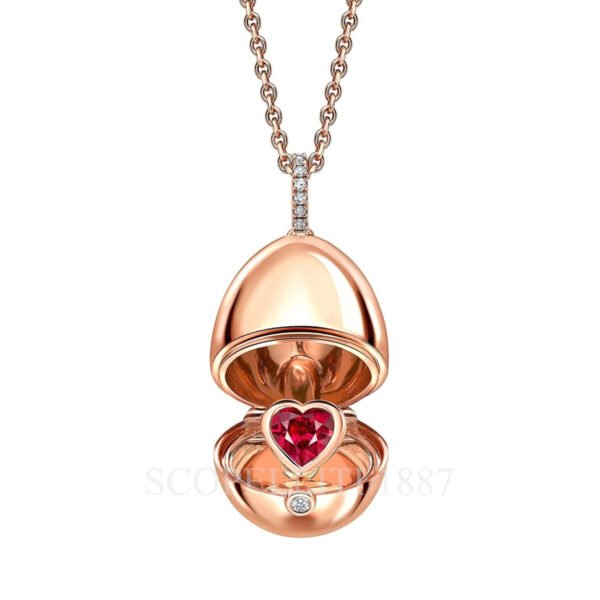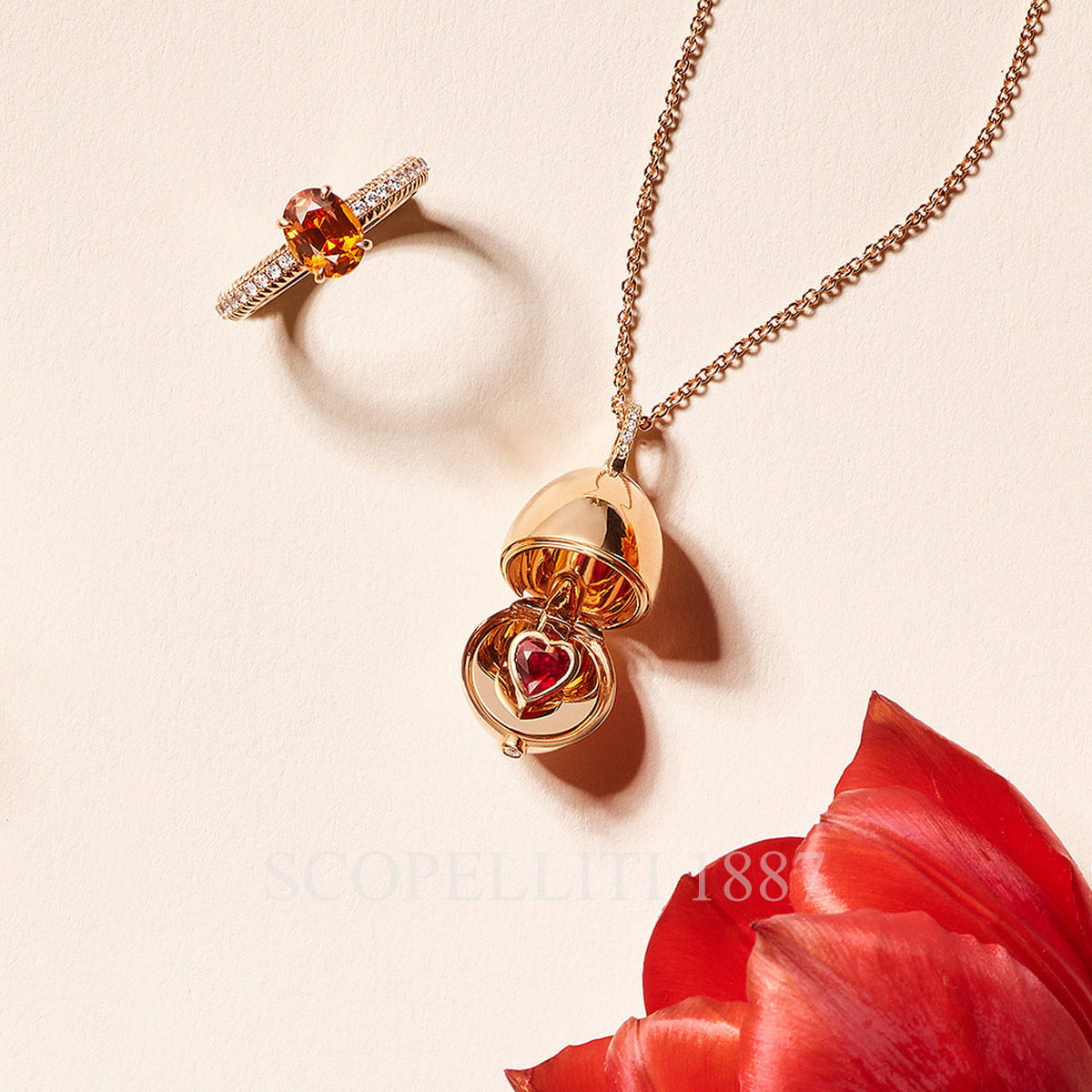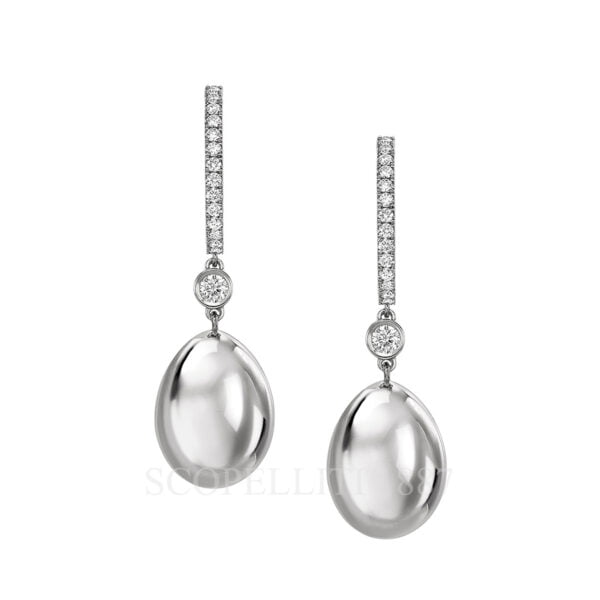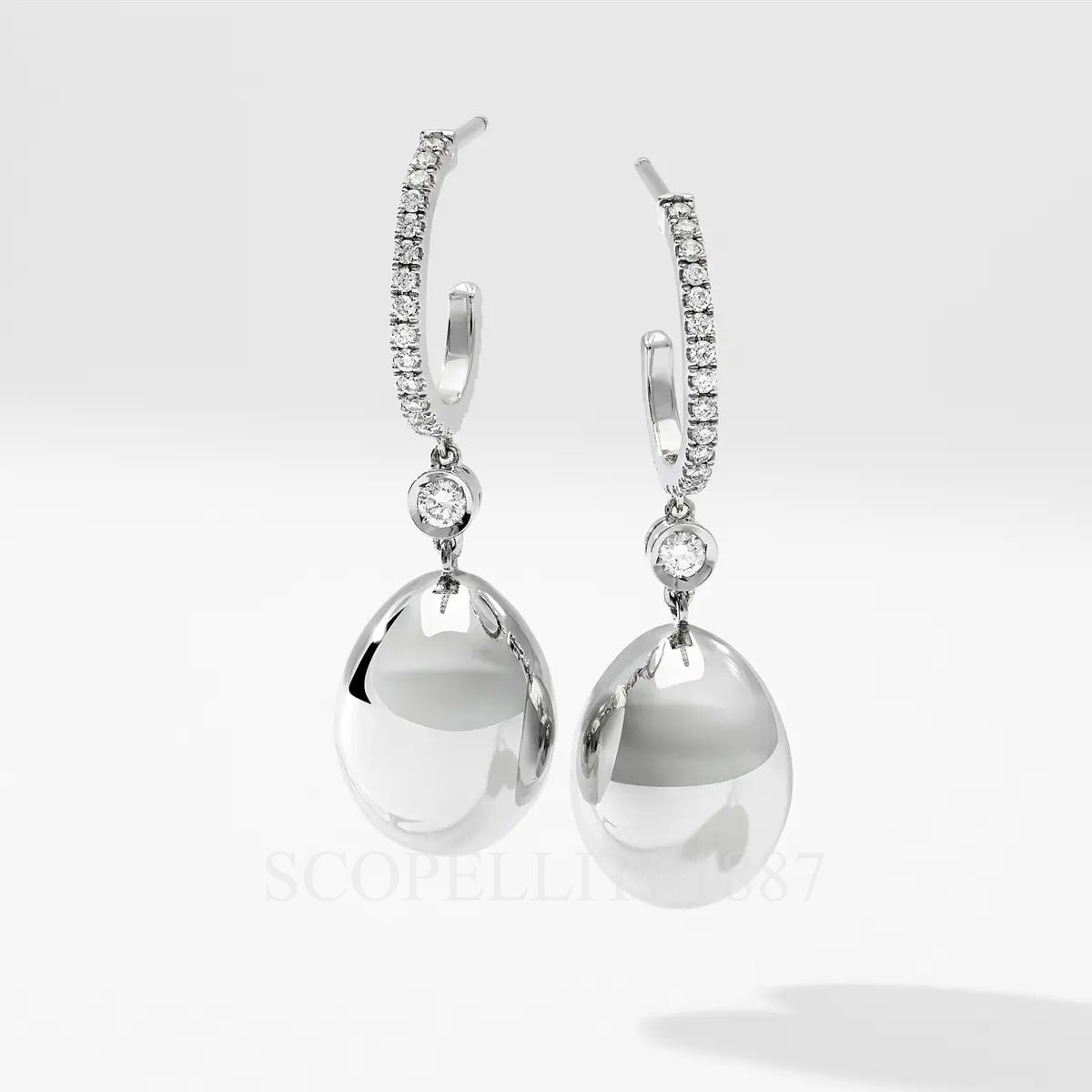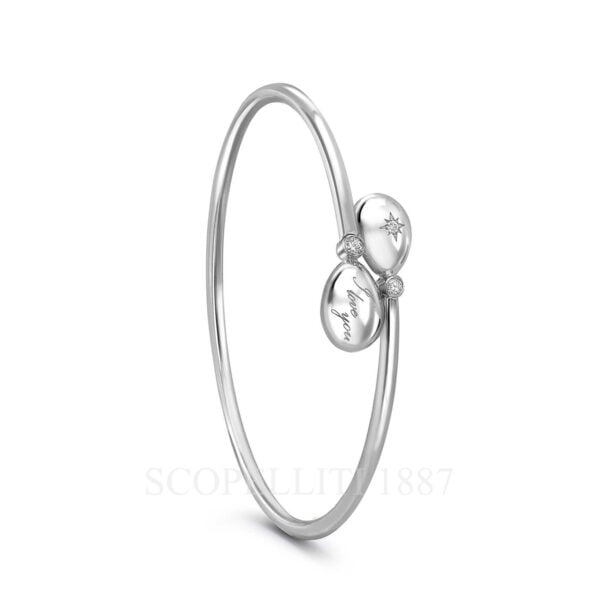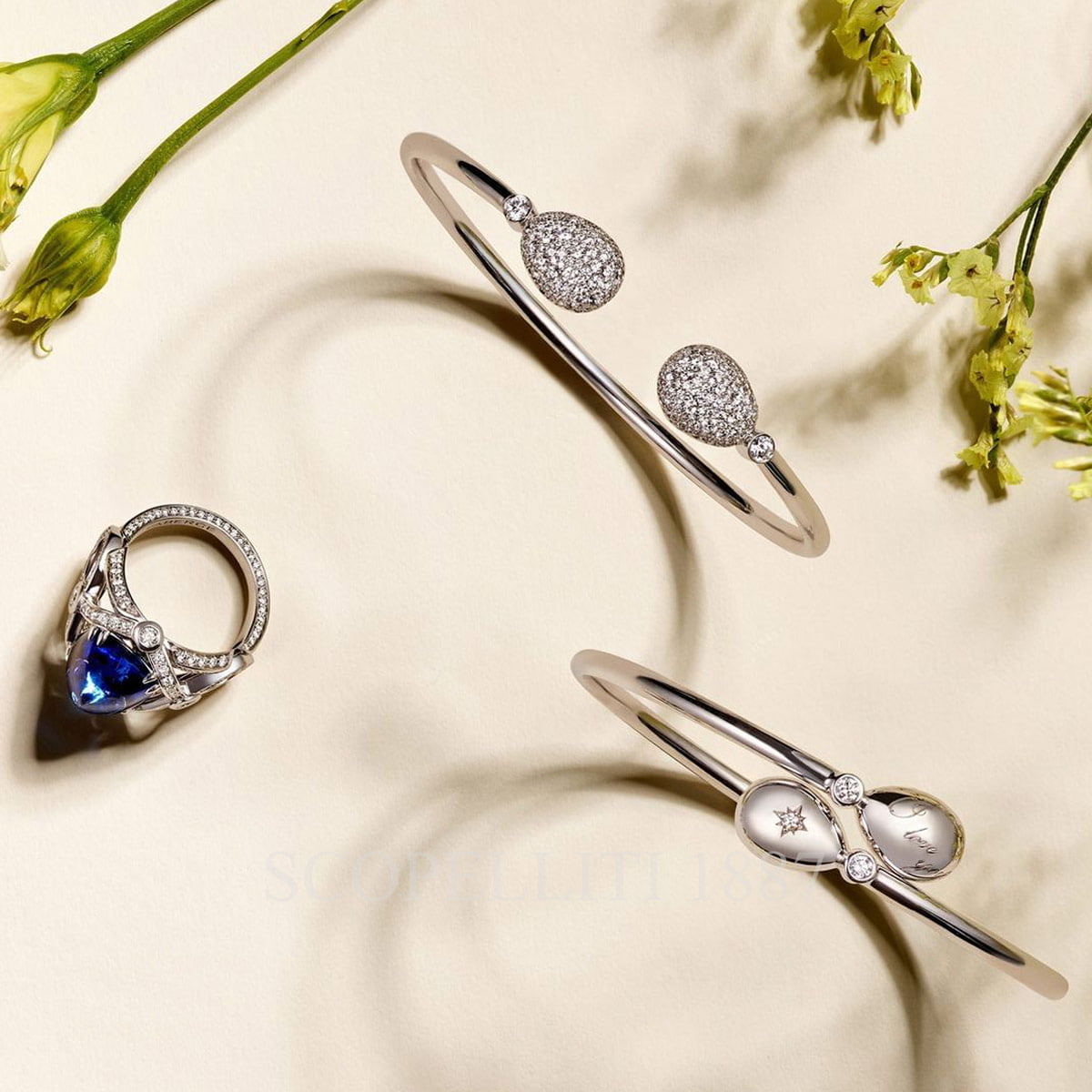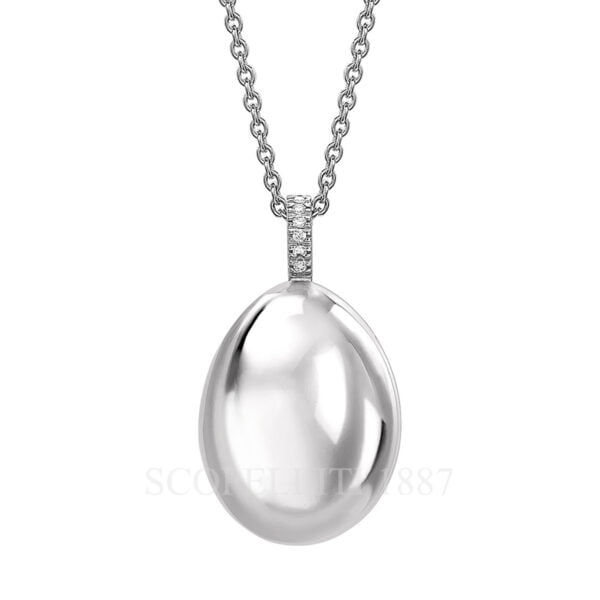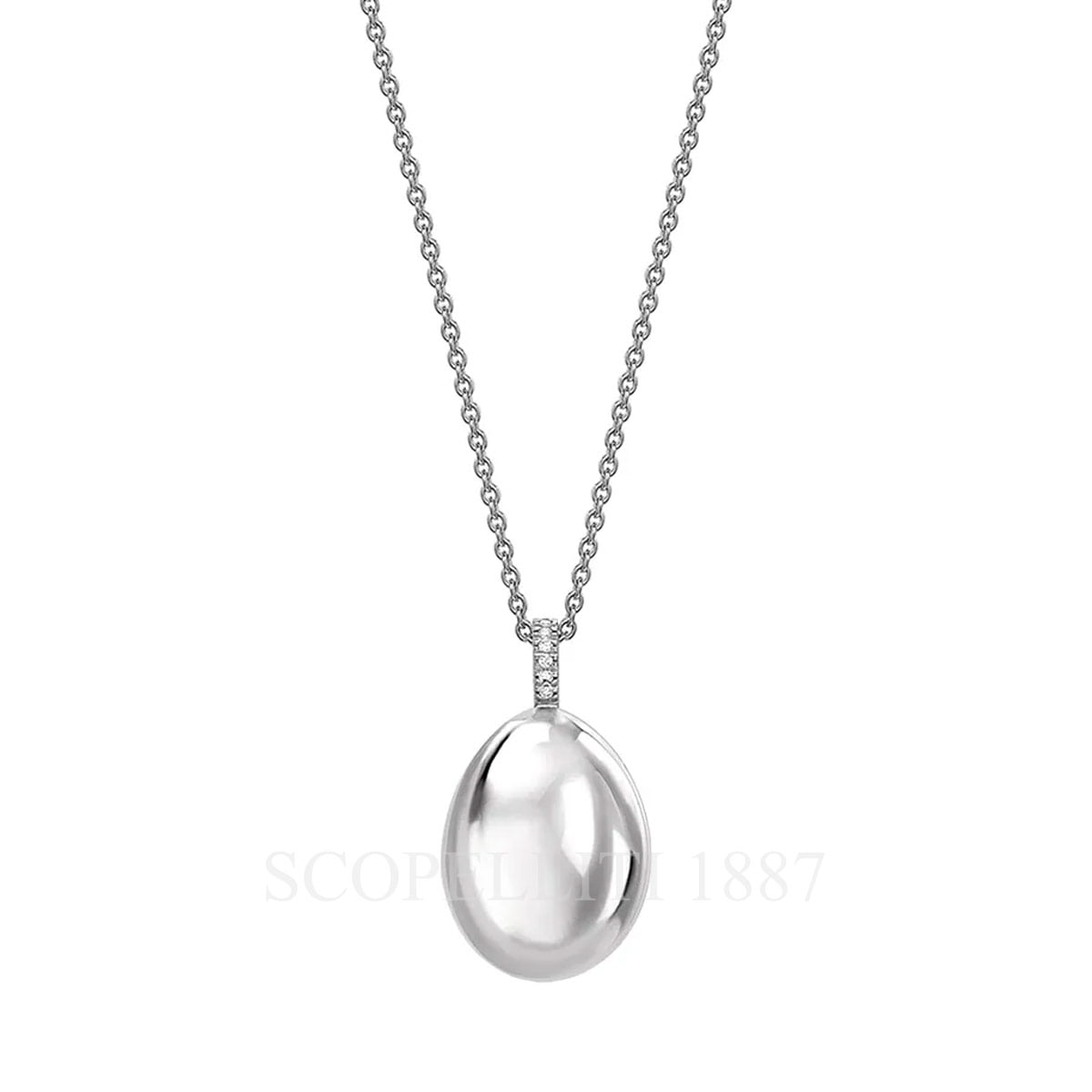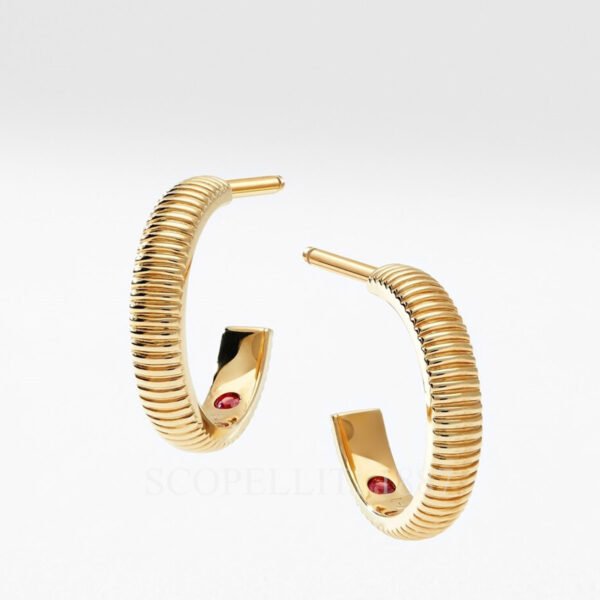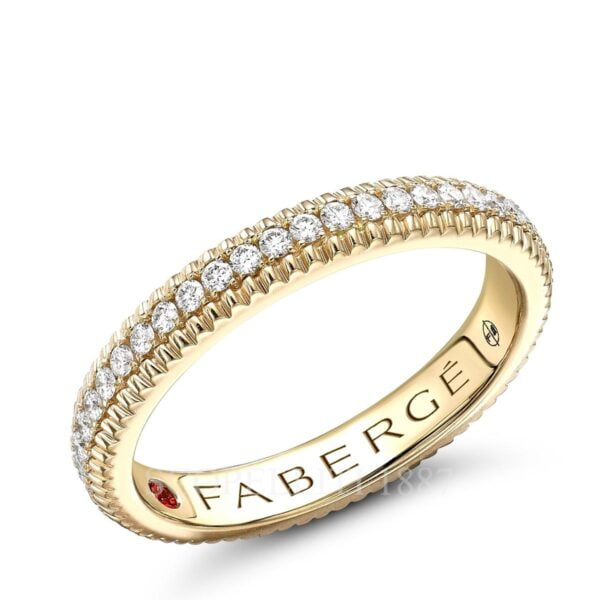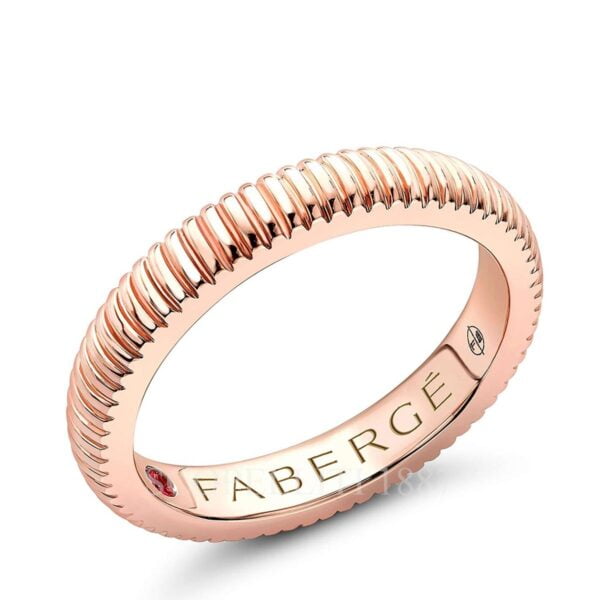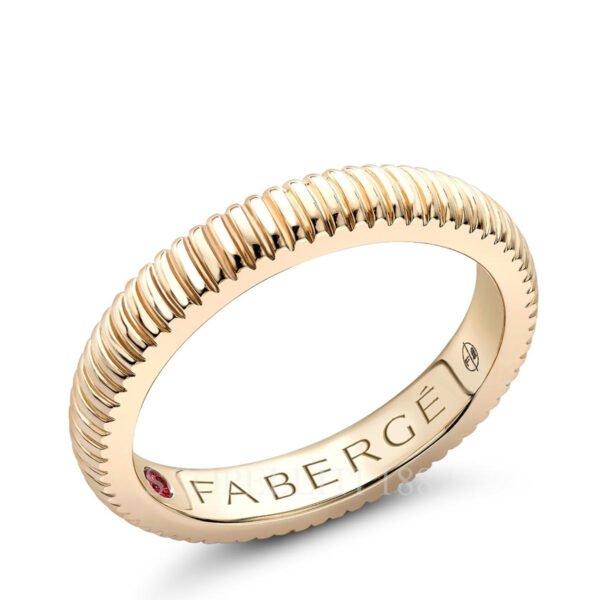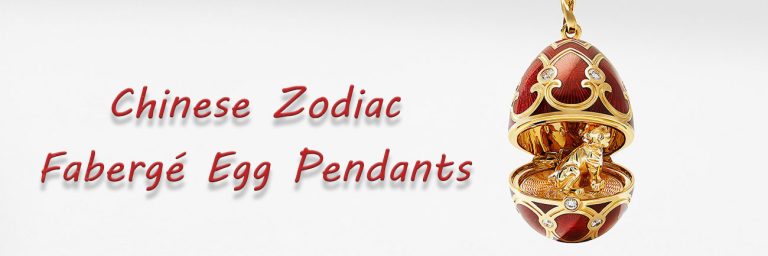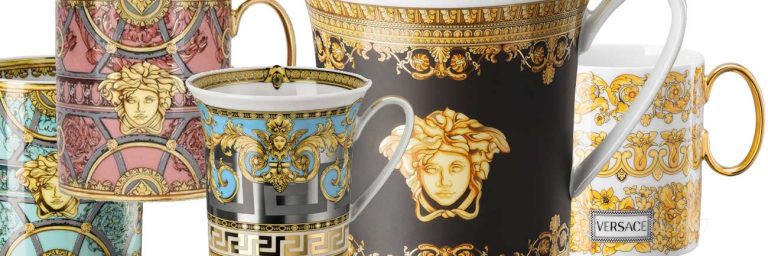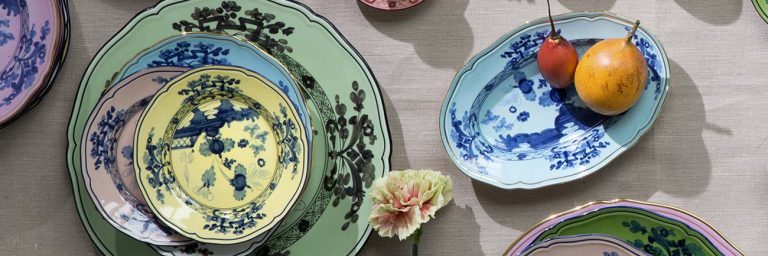

Fabergé Eggs: Jewels of Imperial Crown
Fabergé eggs are one of the most exclusive pieces of jewellery in the world that continue to amaze with their mesmerizing beauty together with the history that surrounds these outstanding masterpieces.
Peter Carl Fabergé, one of the most talented jewellers, turned the traditional attribute of Easter into a jewellery masterpiece.
For the first time in the history of jewellery art, the created works of art fully revealed the artistic concept through the uniqueness of special arrangements of precious metals and stones.
Peter Carl Fabergé & Undiscussable Success of His Invention
Peter Carl Fabergé was the inventor of the unique precious object that conquered the whole world.
He was a hereditary jeweller as his father Gustav owned a jewellery company in Saint Petersburg.
From his early childhood Carl studied the secrets of jewellery art and at the age of 24 he was already heading his father’s business.
The young man became famous for his talent as the accessories that Fabergé produced fascinated with exclusive solutions, finely tuned details and unique aesthetic design for that time.
And the major fame came when the Emperor fascinated by his creations decided to order a gift for his wife.
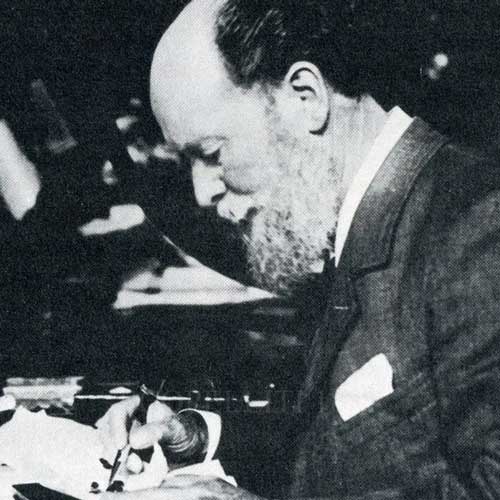
Imperial Easter Tradition
Of course, the emperor himself did not know that the creation would exceed all of his expectations. After that he decided to start a new imperial Easter tradition that continued for a long time giving birth to luxurious and original souvenirs invented by the talented master.
The splendour of these artworks was undiscussable.
There were more than 500 employees between jewellers, blacksmiths and apprentices that worked at the Fabergé workshop.
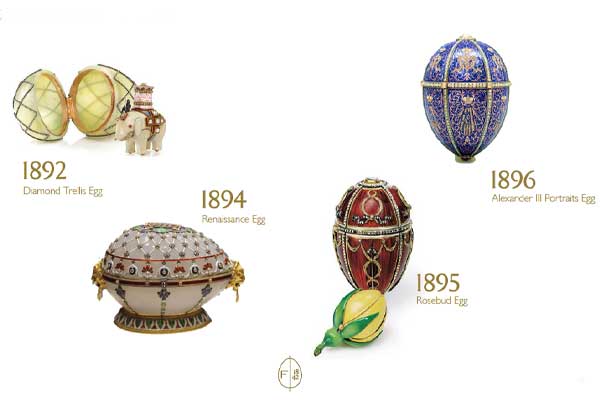
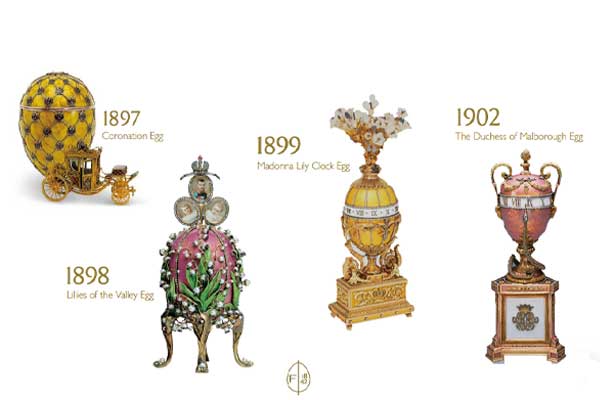
Usually it took about a year or sometimes even more to create one egg. The artwork was handed over to the imperial family personally by Fabergé.
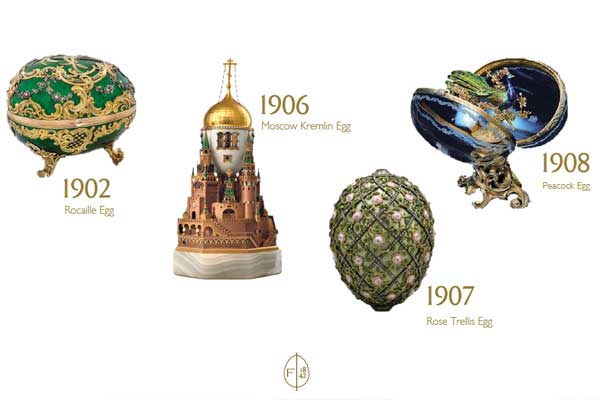
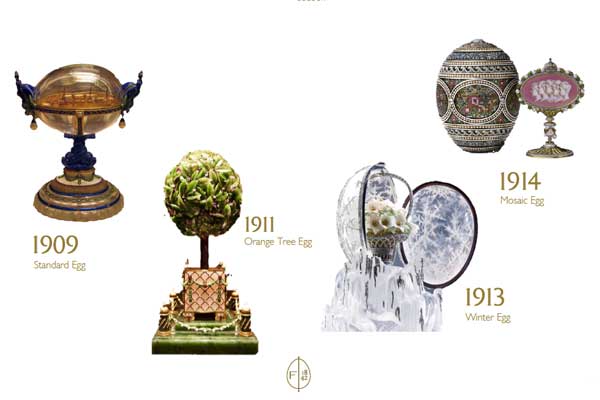
Peter Carl Fabergé created 50 unique eggs for the Imperial collection. Up to now there are only 43 survived eggs. The other 7 pieces are still missing.
The Hen Fabergé Egg: Where Began the History
The Fabergé egg Hen was the first one created by the legendary jeweller Peter Carl Fabergé.
In 1885 Tsar Alexander III ordered to the jeweler to make a secret egg as an Easter gift for his wife.
And so, Fabergé created the golden egg that was covered with white enamel on top in order to resemble a real egg shell.
Inside the opening gift, there was a yolk made in brushed gold where was hidden a golden hen with ruby eyes.
The hen was provided with a mechanism that came into action with the help of feathers on the tail.
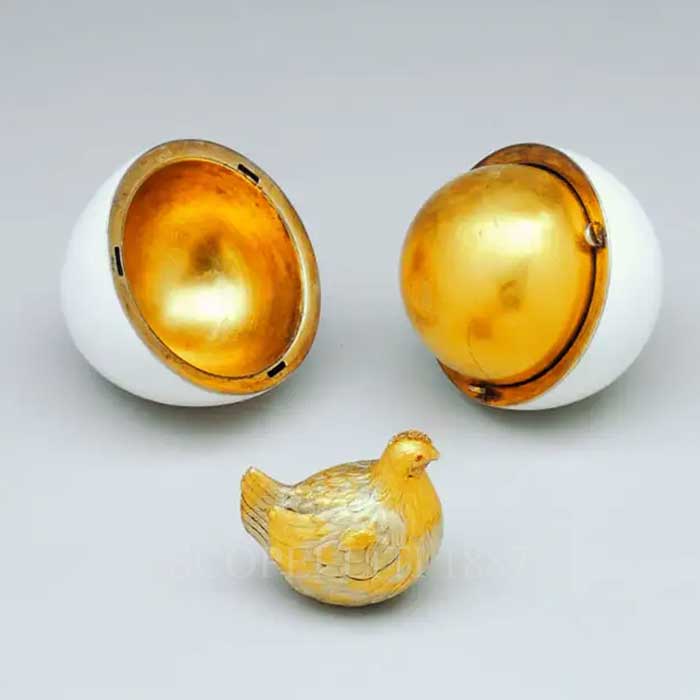
Faberge Eggs for Easter
When the hen was opened, there were two main surprises: a miniature gold crown studded with diamonds which was the exact copy of the real crown and a golden ring that lately was replaced with a pendant encrusted with rubies.
The surprise gift really impressed with its luxurious details and looked like a work of art.
The queen was so delighted with this gift that it’s not surprising that Peter Carl Fabergé soon became a jeweler of the court of the Russian emperor.
Since then the tradition of giving Fabergé eggs for Easter began.
The Rosebud Fabergé Egg
The Rosebud Fabergé egg was the first one presented by Nicholas II to his wife Alexandra and it was made by Peter Carl Fabergé in 1895.
The egg is covered with red guilloche enamel and the cupid’s arrow are made of diamonds.
The bright enamel background of the Fabergé egg was decorated with diamond arrows and garlands of leaves which traditionally represented strong marriage bonds.
Inside the egg there was a surprise: a tea rose bud with petals that opened when you pressed a secret button on a short stem. It was a symbol of love for the newlyweds.
There was as well a miniature imperial crown placed in the cup of the flower that was later lost.
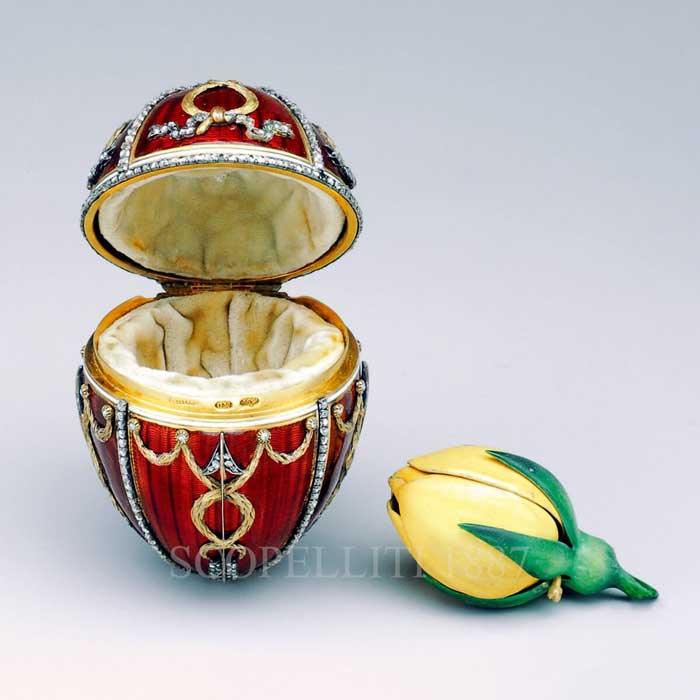
The Coronation Fabergé Egg
The Coronation Fabergé Egg was made in memory of the 1896 coronation ceremony of Nicholas II and was presented as a gift to the Emperor’s wife Empress Alexandra Feodorovna in 1897.
This Fabergé egg was one of the most renowned creations of the brand.
Its design consists of two parts connected by a hinge that are covered with transparent yellow enamel laid on a guilloche background of carved beams, which sparkle and shimmer like a heavy gold-woven brocade.
The applied enamel eagles are connected by leafy branches of green gold, forming a dense mesh..
When finishing the egg shell, Peter Carl Fabergé was inspired by the gold mantle with woven black double-headed eagles in which the king and queen were dressed during the coronation.
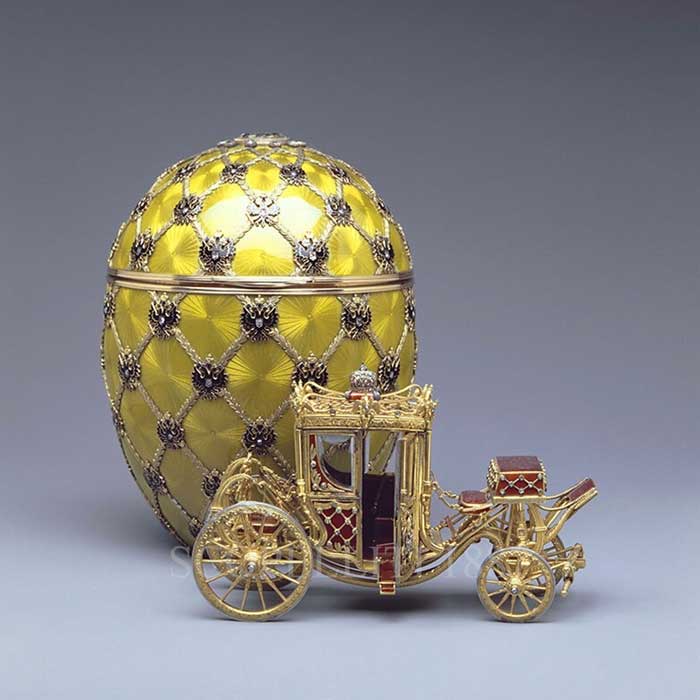
Empress Monogram inside Faberge Egg
On the upper half of the Fabergé egg, there is a large flat diamond. The monogram of the Empress is visible through it. In addition, the letter A is lined with small diamonds and O with rubies.
Lastly, the bottom of the egg, there is as well a smaller diamond through which it is possible to visualize the date 1897.
The Coronation Fabergé Egg Surprise
Inside the egg then in a white velvet backing there is a miniature copy of the imperial carriage of Catherine II of 1793 used in the coronation procession of Nicholas and Alexandra.
Covered with red enamel with an overlaid trellis with diamonds, the carriage less than 100 mm long was reproduced to the smallest details.
The imperial eagles stay on the roof, in the corners and on the sides of the carriage and in the centre there is an imperial crown studded with diamonds.
Moreover all the details of the carriage are carefully worked out, the cabin itself is suspended on golden springs and the golden wheels are dressed in platinum hoops.
The Mosaic Fabergé Egg
The Mosaic Fabergé egg was made in 1914 by order of Nicholas II as a gift to his wife.
The jewelry egg has an outstanding design that consists of assembled structure of yellow gold belts to which is attached a platinum net adorned with diamonds, sapphires, rubies and emeralds.
The Fabergé egg is divided into five oval panels with pearls bordered by lines in opaque white enamel.
The panels are filled with a floral pattern reproducing the cross-stitch technique where five large diamonds are set at each intersection.
On top of the egg there is a moonstone through which you can see the golden monogram of the queen under the crown and the year 1914.
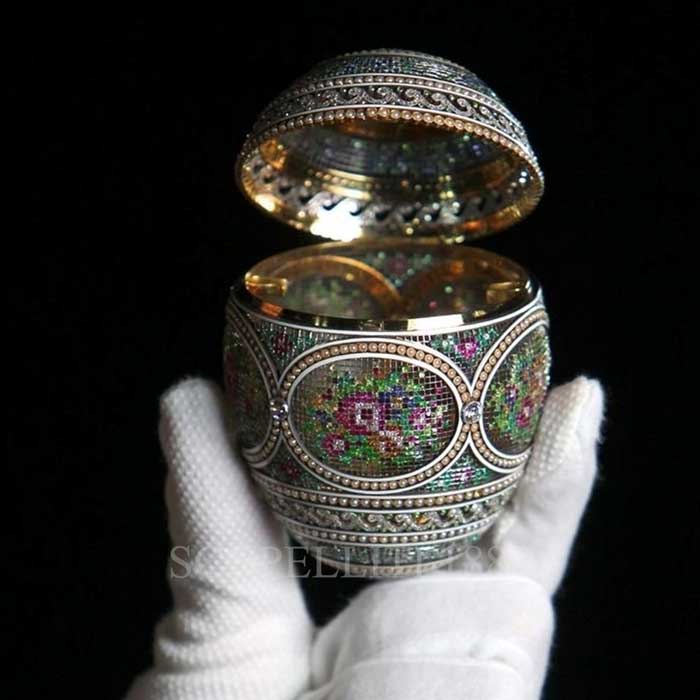
Imperial Crown: a perfect surprise inside the Faberge Egg
The surprise of this Fabergé egg consisted in a miniature cameo with profiles of the children of Nicholas II and Alexandra Feodorovna.
The oval base, shaped like a vase with a white stem, is adorned with diamonds, emeralds and pearls.
The top of the surprise is surmounted by the Imperial Crown adorned with diamonds.
The back side of the miniature is enamelled with a basket of flowers around which there are the engravings of the year 1914 and the names of five children.
The Peacock Fabergé Egg
The Peacock Fabergé egg was created in 1908 by the order of Nicholas II, who presented it to his mother Maria Feodorovna as a traditional Easter gift.
The design of the egg was inspired on the famous XVIIIth century clock Peacock that was made by master James Cox for Empress Catherine II.
The Peacock Fabergé egg is transparent egg made in luxurious rococo style from rock crystal that is placed on a stand made of gilded silver.
Both parts of The Peacock Fabergé egg has engravings: the imperial monogram of Maria Feodorovna from one side and the date 1908 from the other side.
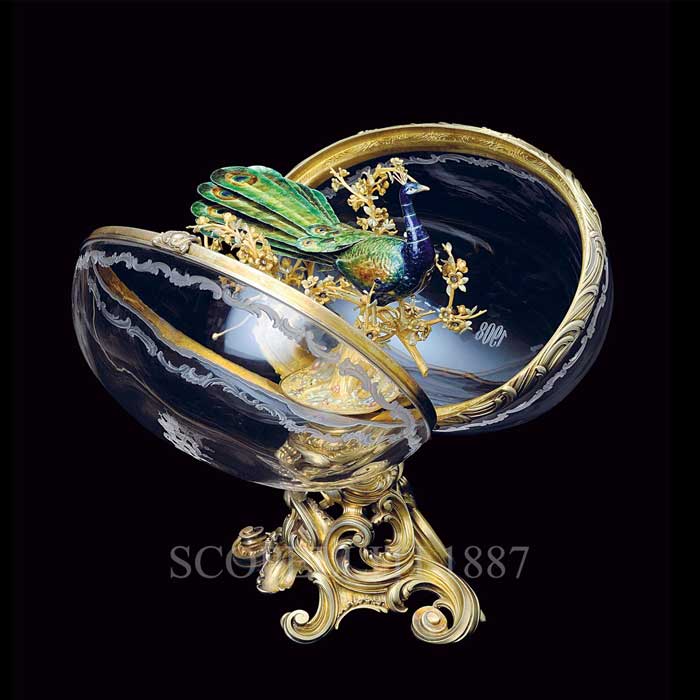
Magic inside the egg Fabergé
Inside the egg, there is a golden peacock painted with colored enamels that sits on a tree inlaid with gold among the branches covered with flowers of precious stones and enamel.
The mechanical peacock can be removed from the branches. After winding up and being placed on a flat surface, it begins to proudly turn its head and spread its tail from time to time.
The Renaissance Fabergé Egg
The Renaissance Fabergé egg was created in 1894.
The prototype of the egg was a jewellery box made by the Amsterdam master at the beginning of the XVIIIth century.
The Renaissance Fabergé egg is made of transparent bluish milky agate that lies horizontally on an oval gold base.
The upper part of the egg which opens on a golden hinge is decorated with an overlaid trellis made of white enamel with diamonds and rubies.
On the upper half of the egg, there is the engraved date 1894 encrusted with diamonds.
The lower border of the lid is decorated with shells of transparent red enamel.
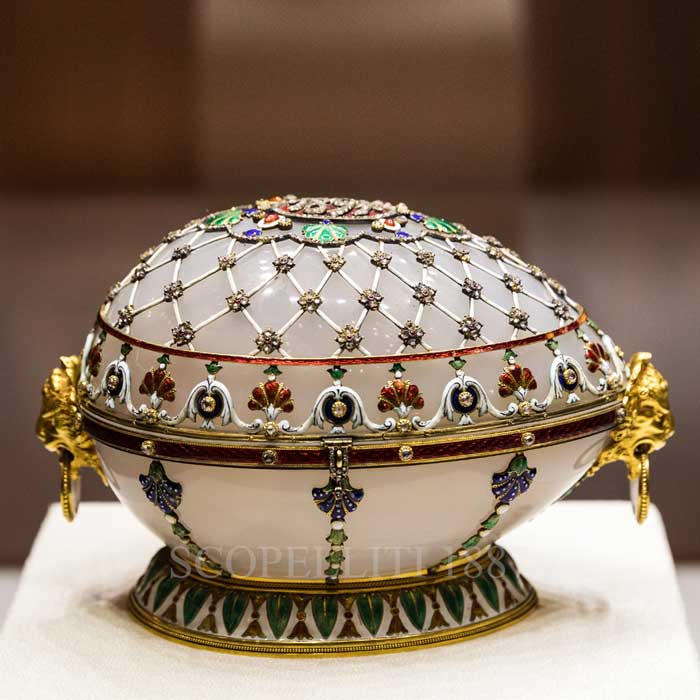
Faberge Egg Details
The edges of the inner side of the egg visible when the lid is open are adorned with a green border on a white enamel background.
On both sides of the egg there are handles in the form of golden sculptured lion heads with rings in their teeth.
The embossed base is decorated with translucent green enamel leaves and red enamel flowers.
The Portraits of Alexander III Fabergé Egg
The Portraits of Alexander III Fabergé egg also known as The Twelve Monograms was created in 1896 by order of Emperor Nicholas II and became the first imperial egg that he presented to his mother for Easter in memory of his father Alexander III.
This Fabergé egg is considered one of the most beautiful creations in the history of the brand.
It consists of 6 panels covered with dark blue guilloché enamel that are cut through by relief hoops encrusted with rose-cut diamonds.
On each panel there are the monograms of Maria Feodorovna MF on the upper part and of Alexander III AIII on the lower part lined with diamonds.
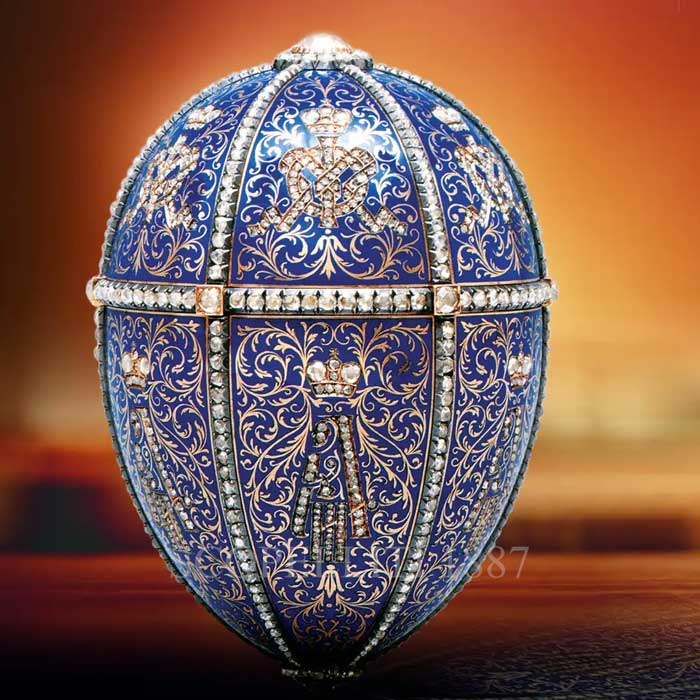
The egg has a velvet lining on the inside and the imperial crown of diamonds above.
The surprise of the Fabergé egg was 6 miniature portraits of Emperor Alexander III on a gold stand which were lost during the expropriation.
The Lilies of the Valley Fabergé Egg
The Lily of the Valley Fabergé egg was created in 1898 for Empress Alexandra Feodorovna.
The shell of the egg is covered with transparent pink enamel on a guilloche background decorated with stripes of diamonds and braided at the bottom with lilies of the valley on golden stems with green enamel leaves and pearl flowers.
The egg made in modern style lies on a golden stand with four legs and on the petals of lilies there are diamonds that look like a morning dew.
The surprise of the egg is the miniature portraits of the three dearest people to Alexandra Feodorovna: her adored husband and two eldest daughters Olga and Tatiana.
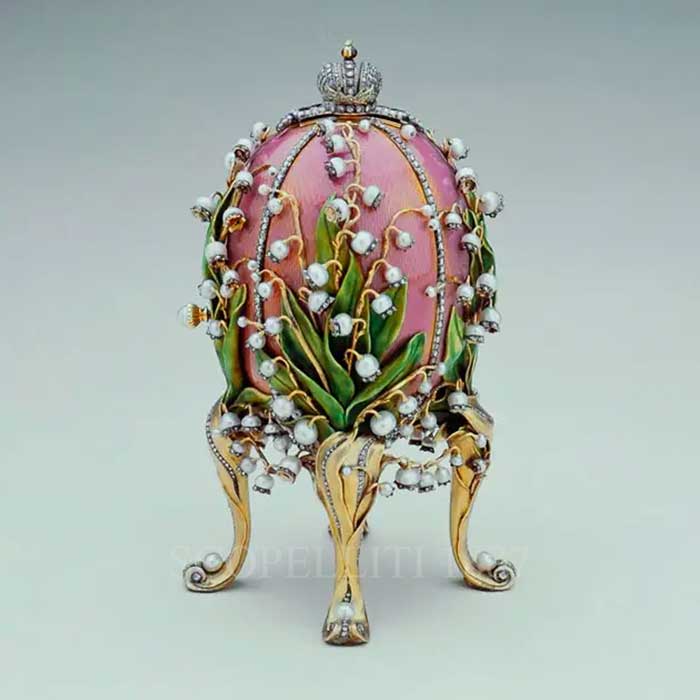
The medallions painted in watercolour on ivory plates are fixed in the upper part of the egg on metal stems like a fan.
And they appear from the inside when the pin with the pearl is rotated. In addition, the top medallion is topped by a crown adorned with a scattering of rose-cut diamonds and a cabochon-shaped ruby.
The Basket of Flowers Fabergé Egg
The Fabergé egg Basket of Flowers was made in 1901 by order of Emperor Nicholas II and presented to his wife.
It had a form of a flower basket covered with white enamel and intercepted by a twisted strips of gold encrusted with diamonds.
Moreover on the front of the Fabergé egg there is the date 1901 made in the same style.
The basis of a bouquet is the moss of a metal thread and the flowers are also made of gold and painted with various shades of enamel.
The surprise of this egg was lost.
The handles of the basket are made as well of gold and are embellished with diamonds.
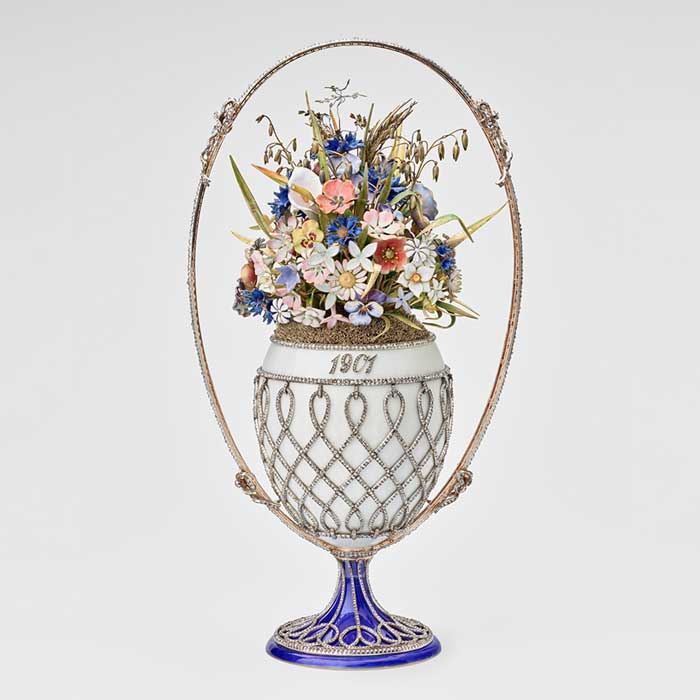
The Last Imperial Fabergé Egg with Vacheron Constantin
The last Imperial Fabergé Egg was created in 1887 by order of Emperor Alexander III who presented it to his wife Empress Maria Feodorovna.
It is an exquisite 18 karat chopped egg-shaped base with seventy-five diamonds decorated with a wave-like pattern that hides a working 14 karat gold watch by Vacheron Constantin.
The stand of Fabergé egg has twin legs decorated with rose buds and small leaves.
On the ring of the stand there are three large cabochon sapphires from which radiate ribbons adorned with small diamonds that support garlands of roses and leaves crowning the legs.
For many years, the last Imperial Fabergé Egg was considered lost but in 2012 it was accidentally found.
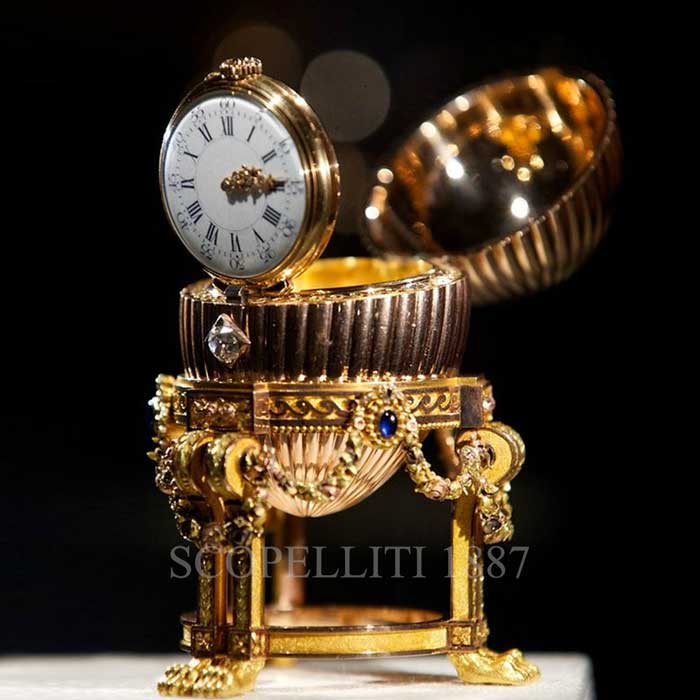
Though, the owner of the jewel purchased it on a large market in American province and didn’t know its real value.
The Fabergé egg was kept in the kitchen for ten years until the owner didn’t find out its true price. An anonymous Fabergé collector purchased the Fabergé egg in 2014.
Any question about Fabergé Egg Jewellery?
If you have any special requests or require further information about Fabergé eggs and its outstanding jewellery, Scopelliti 1887 staff will be pleased to assist and advise you.
Call us or send WhatsApp on +39 391 345 6441 or send an email at [email protected] and let us know what we can help you with.


